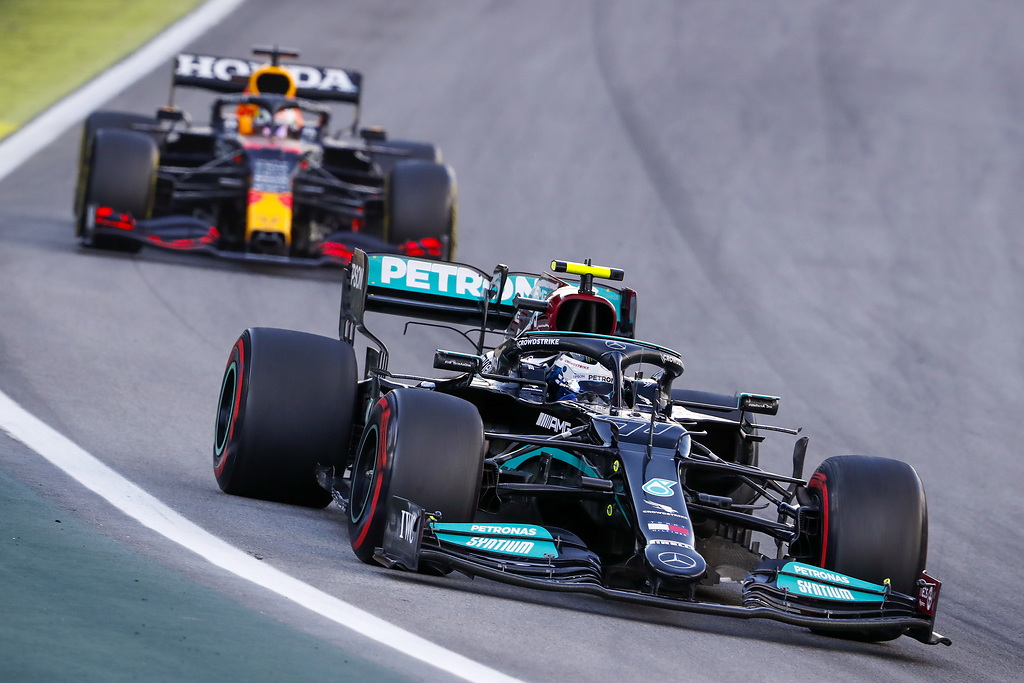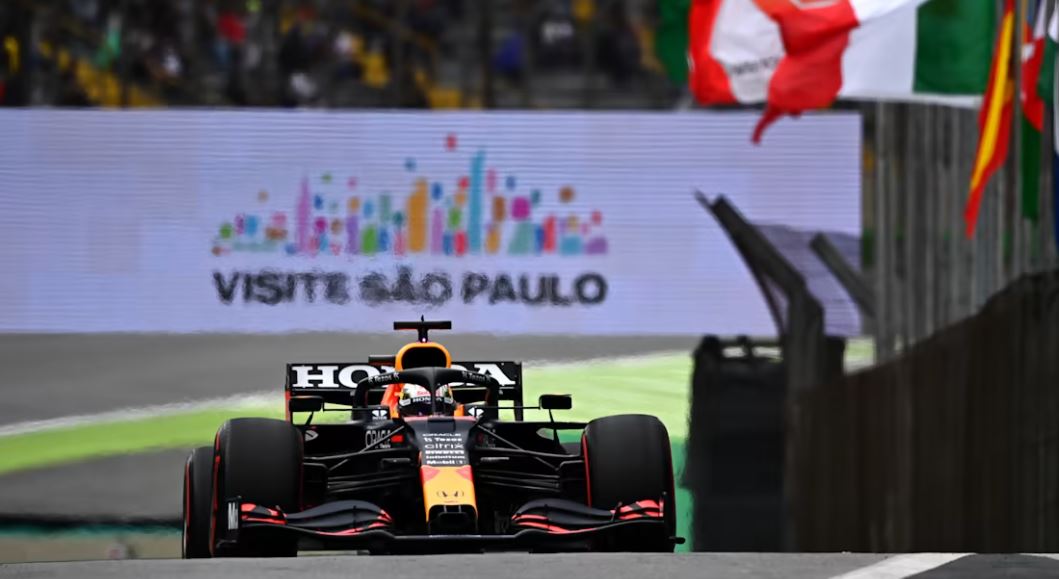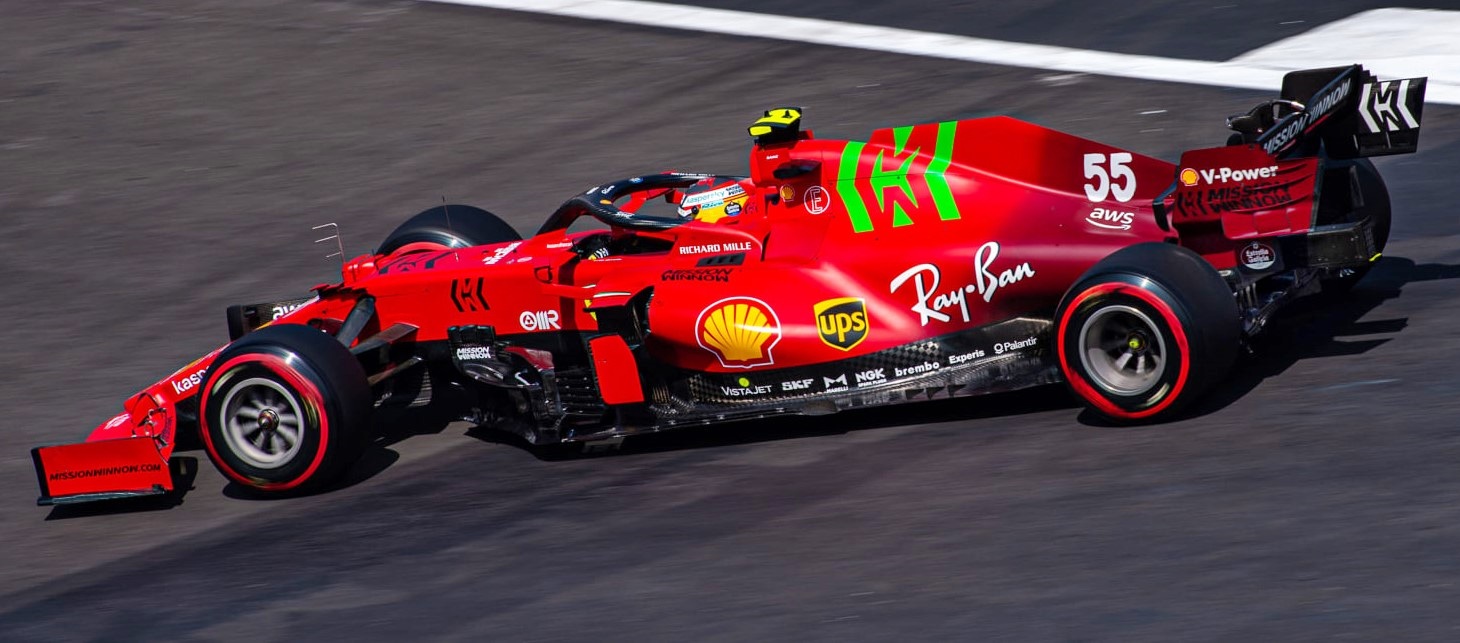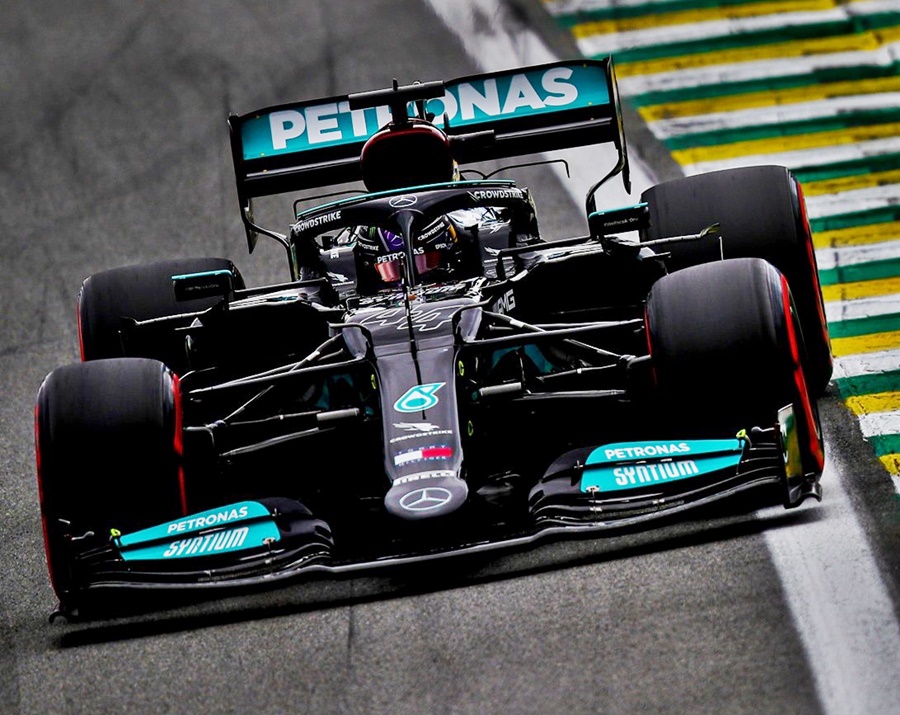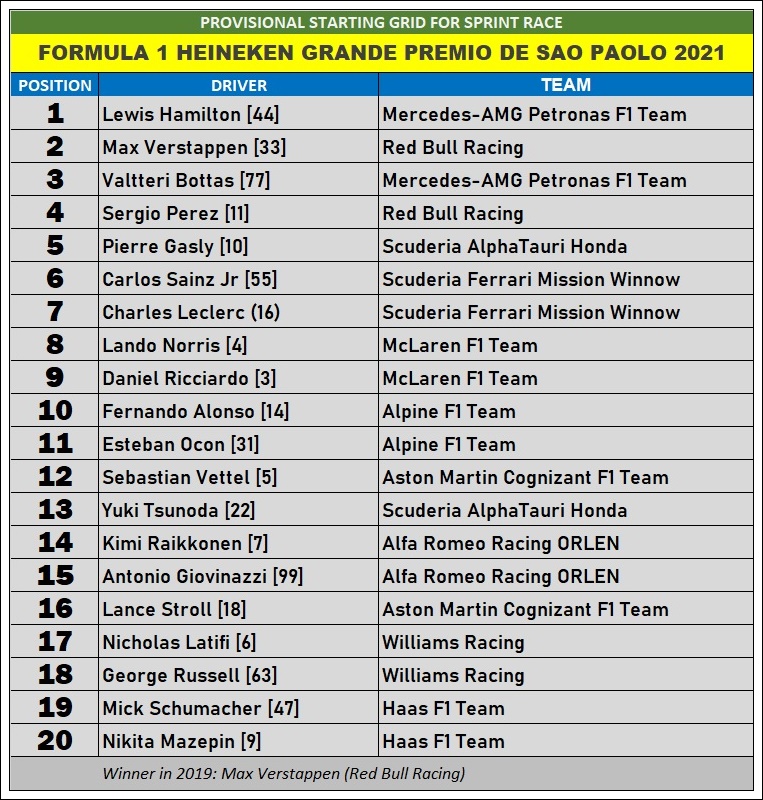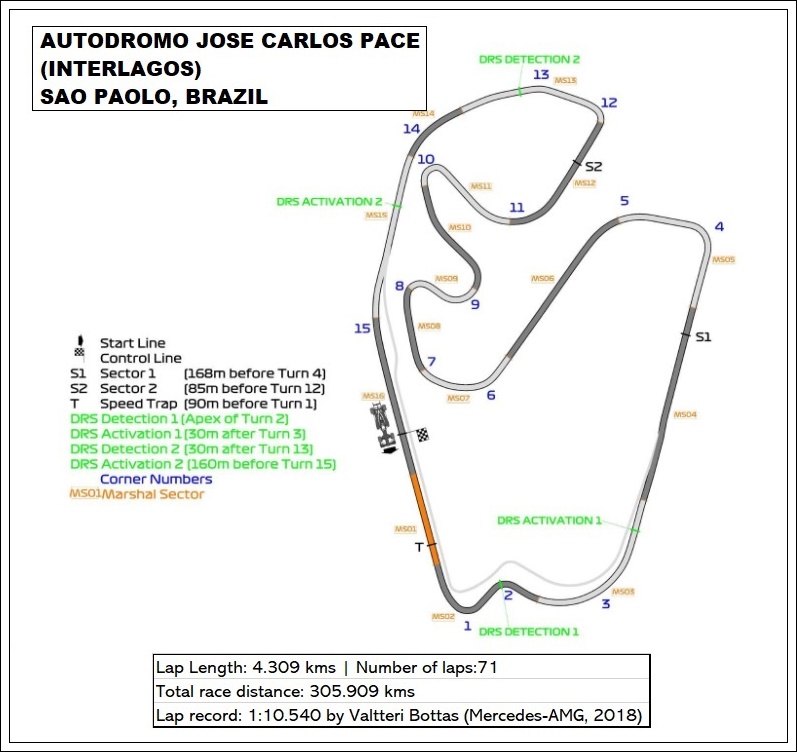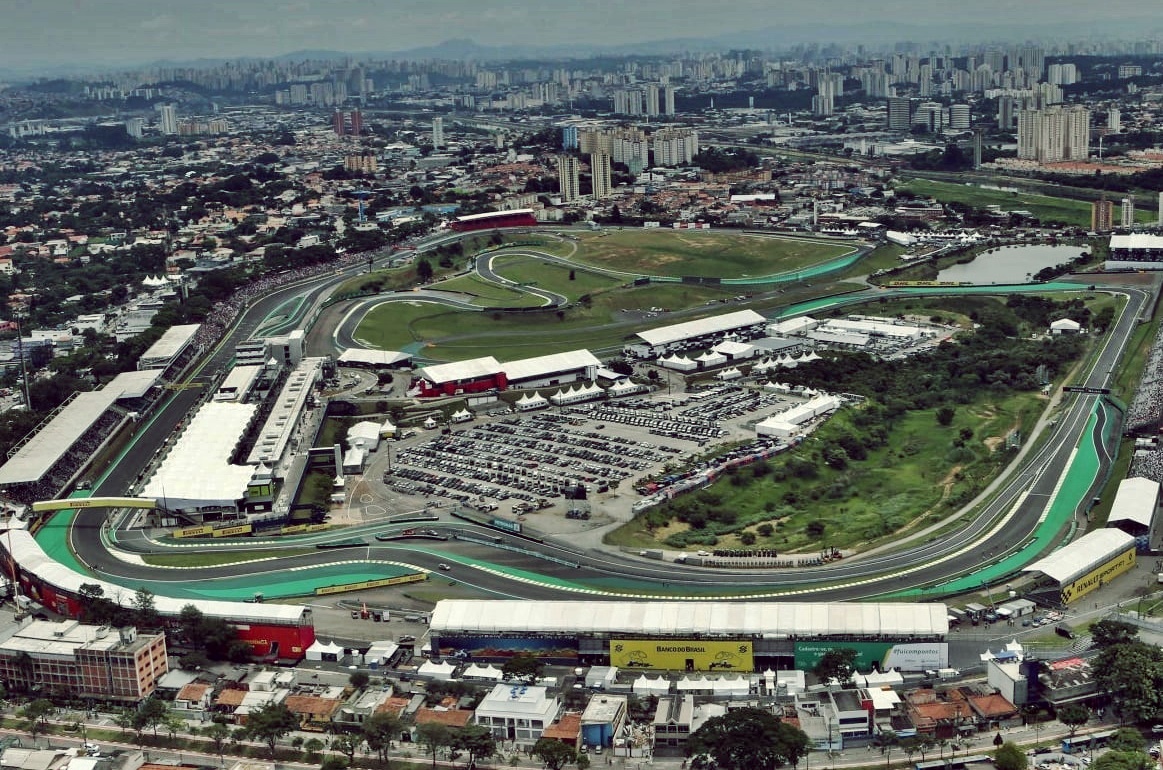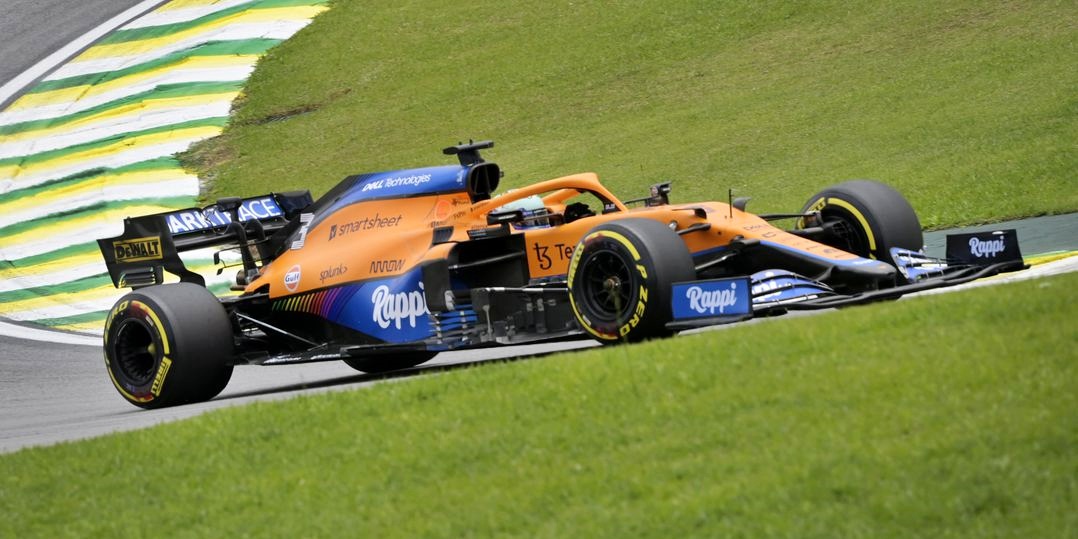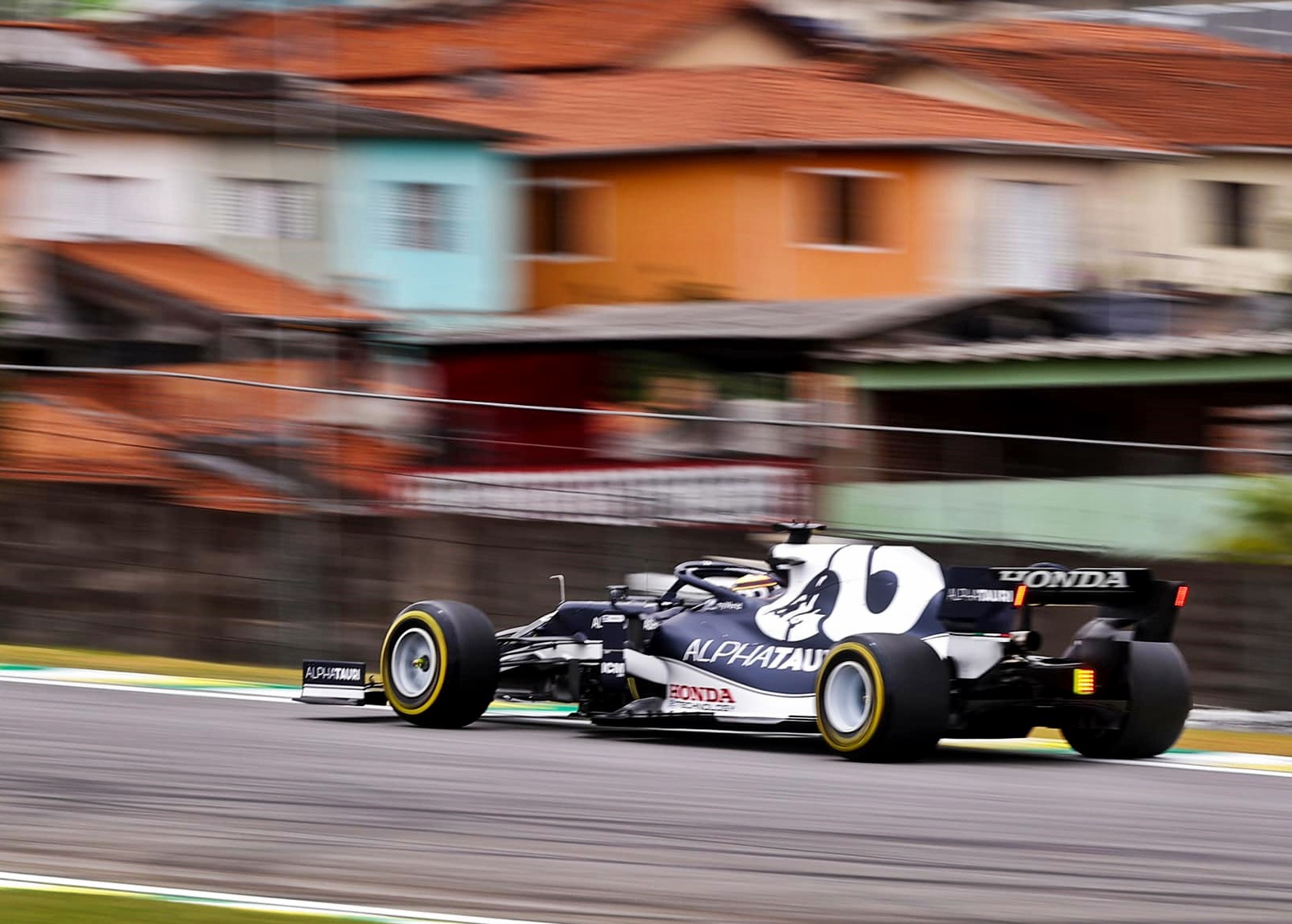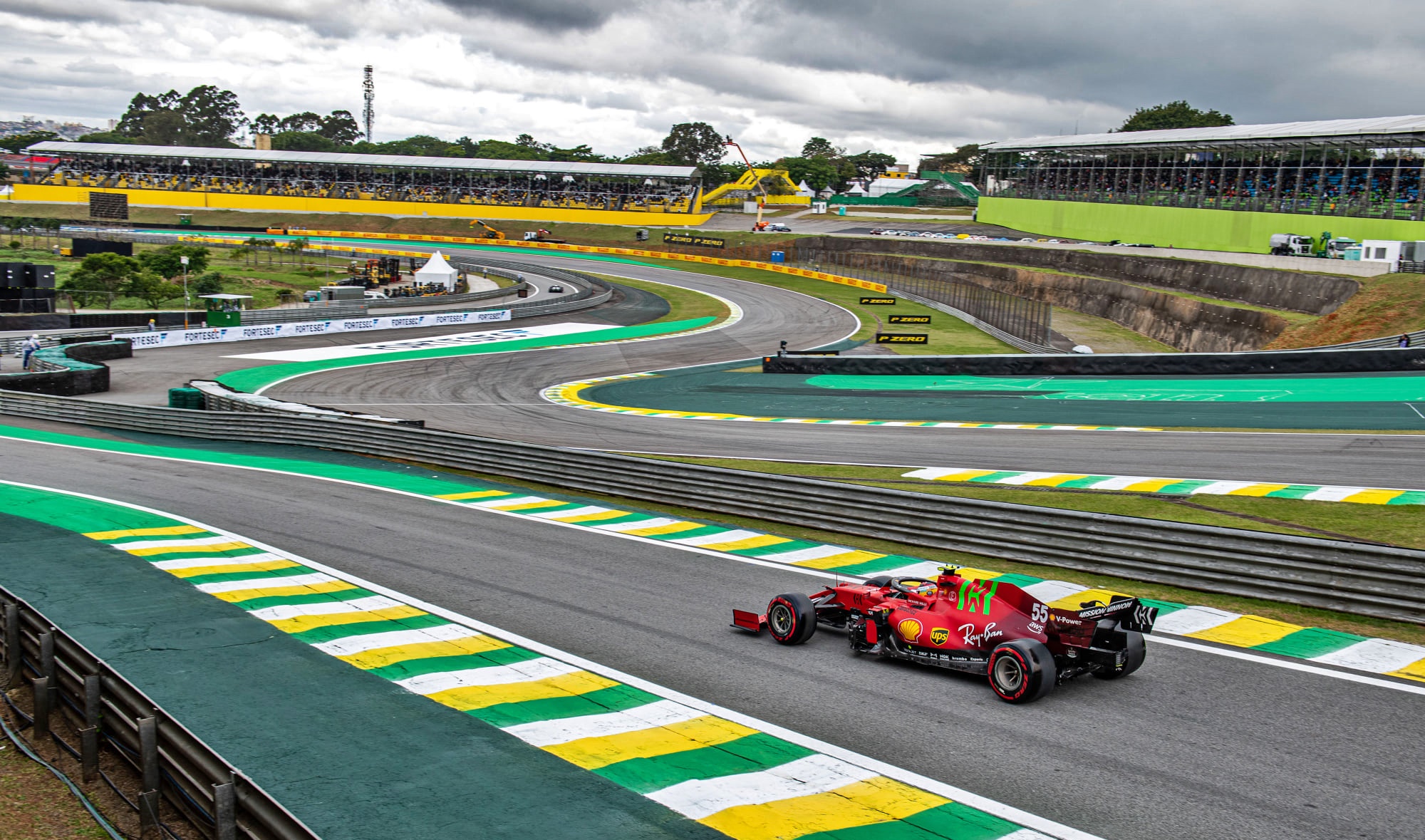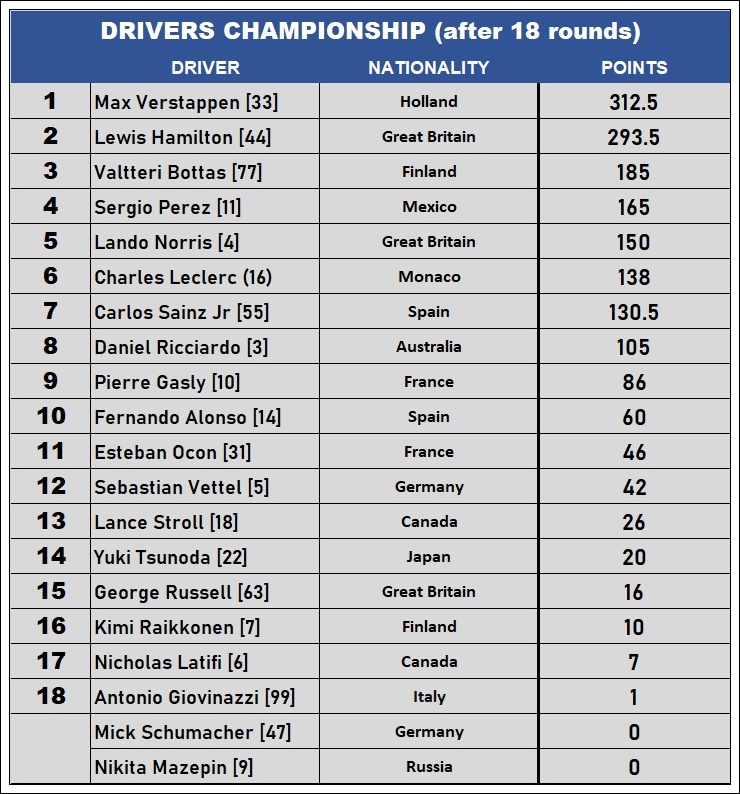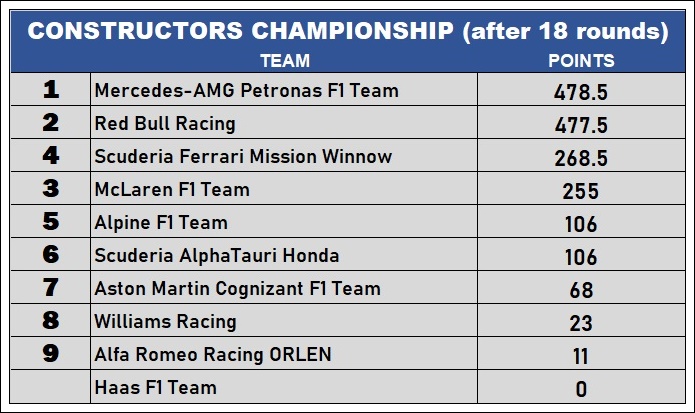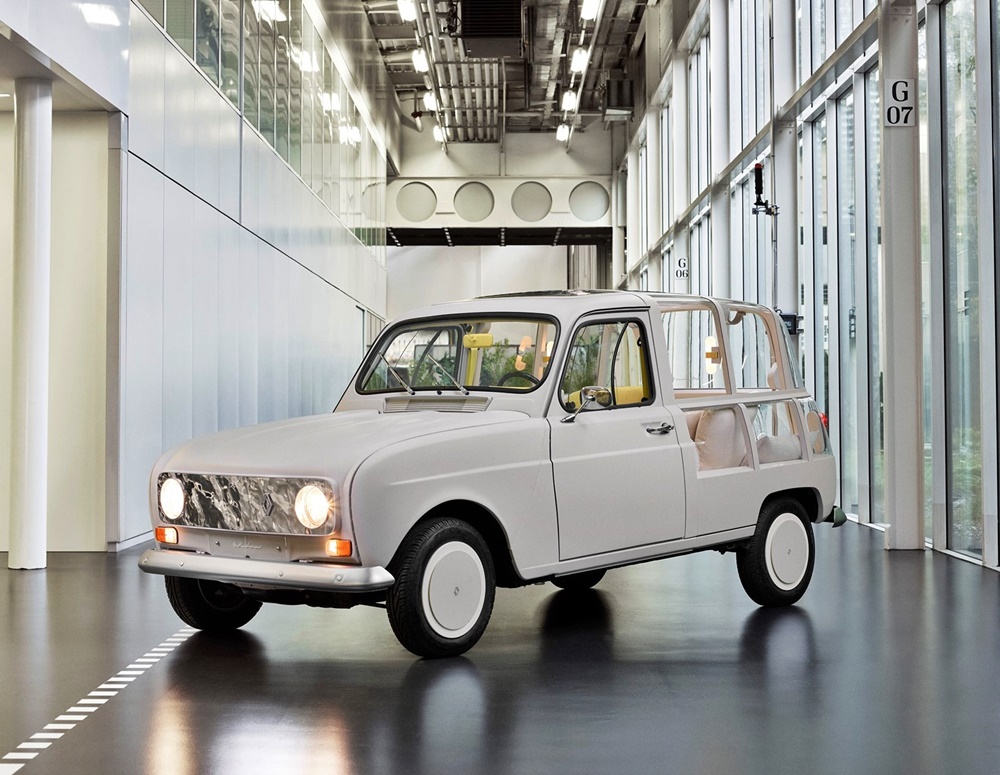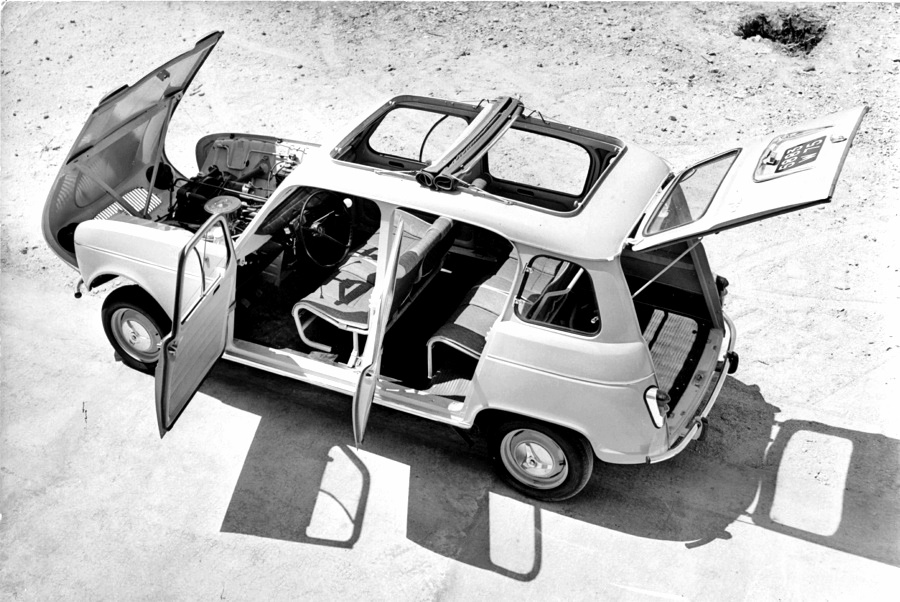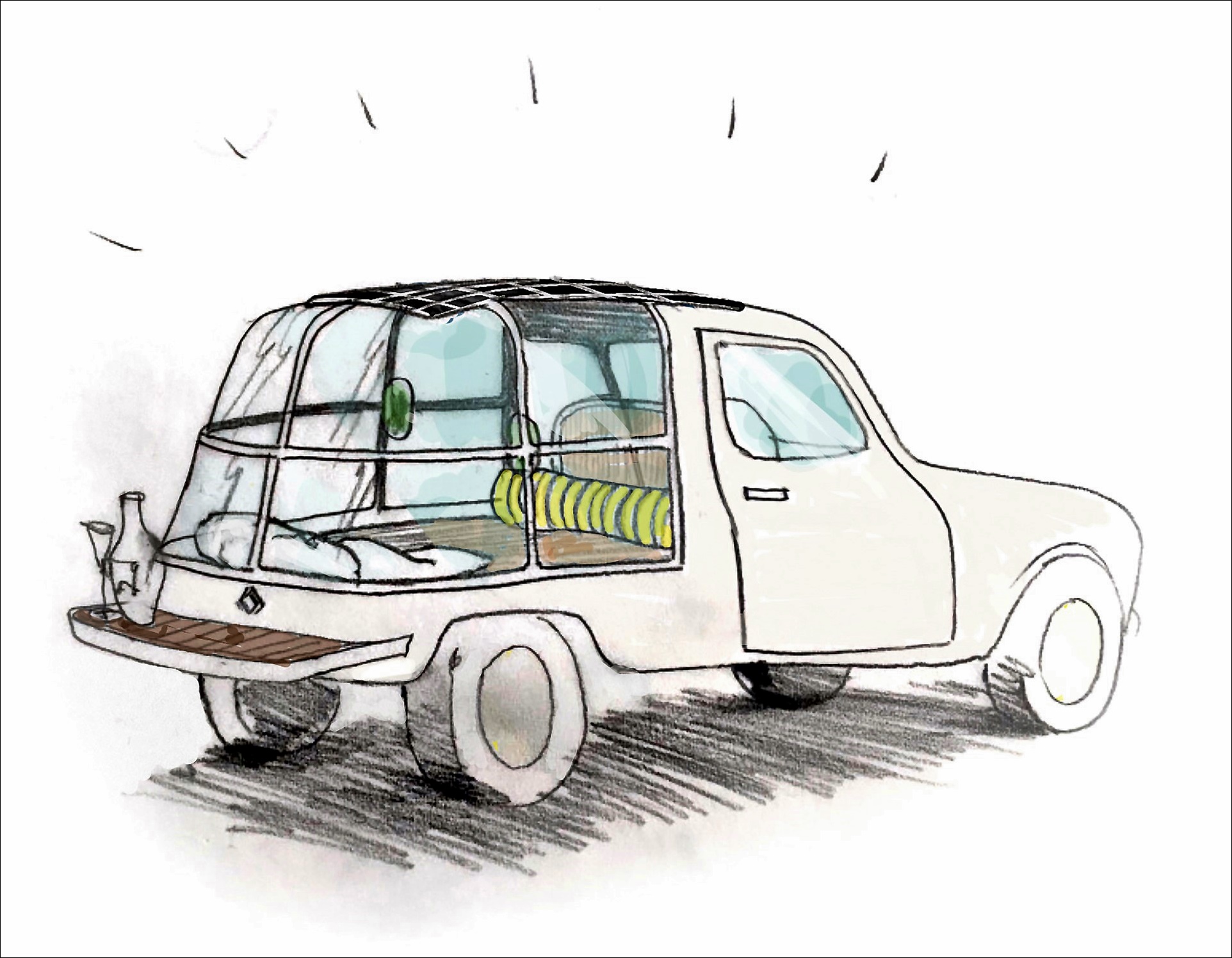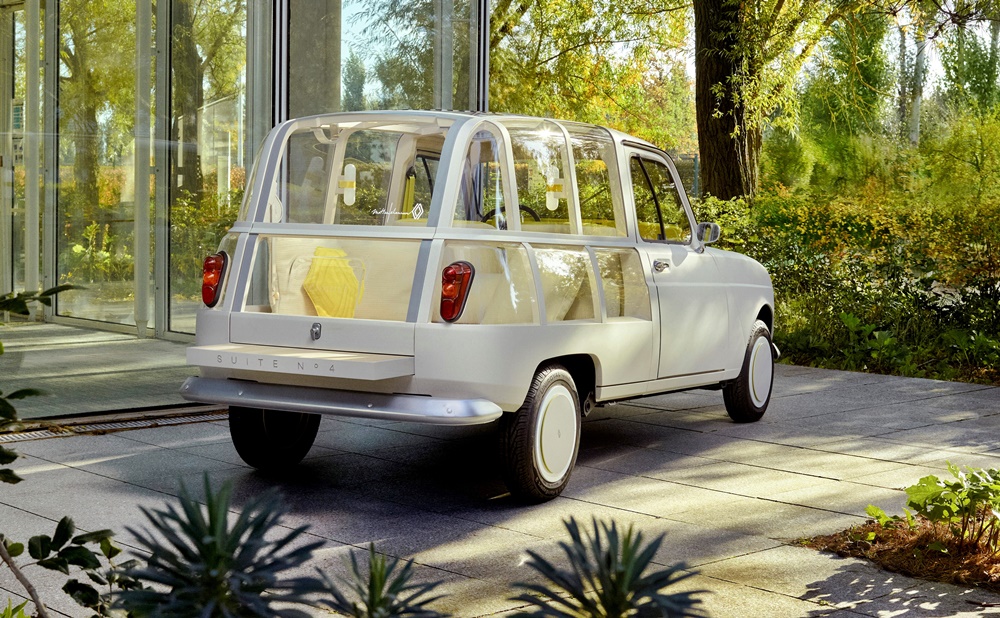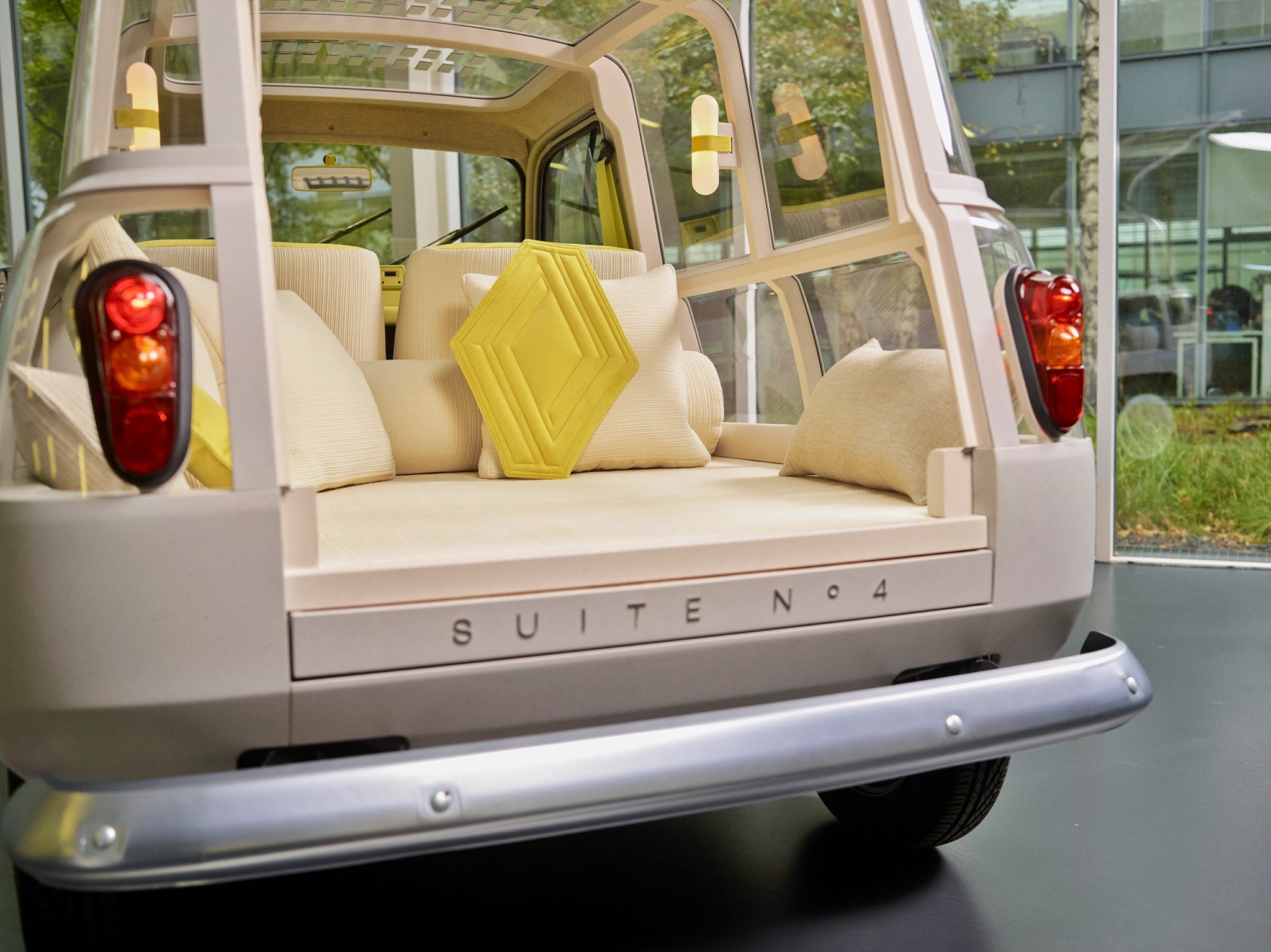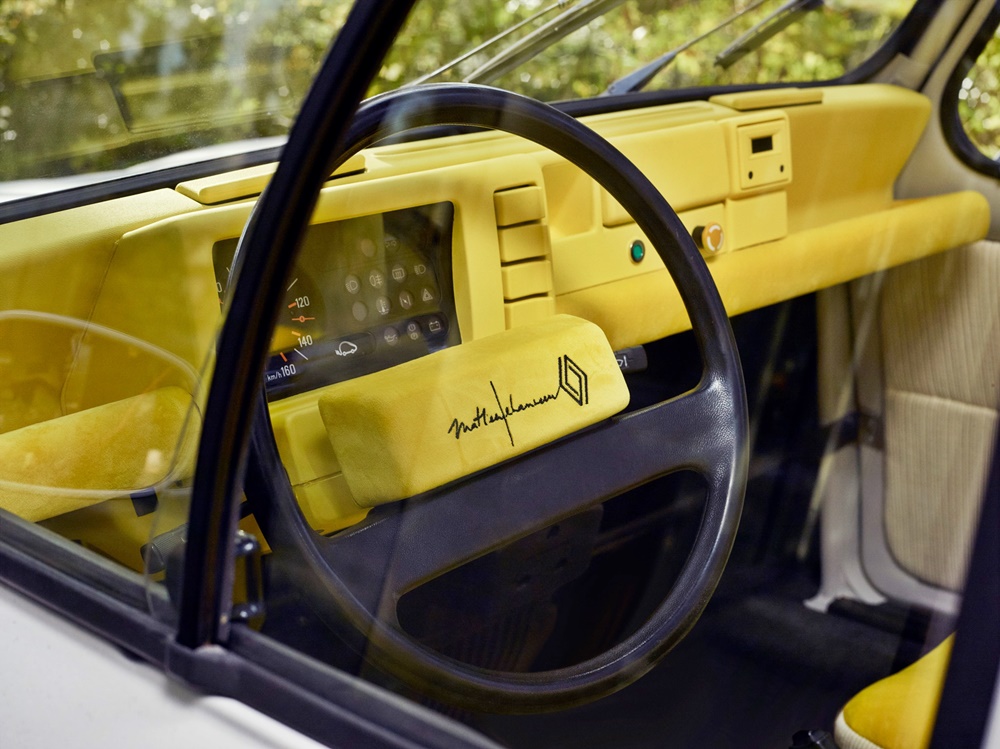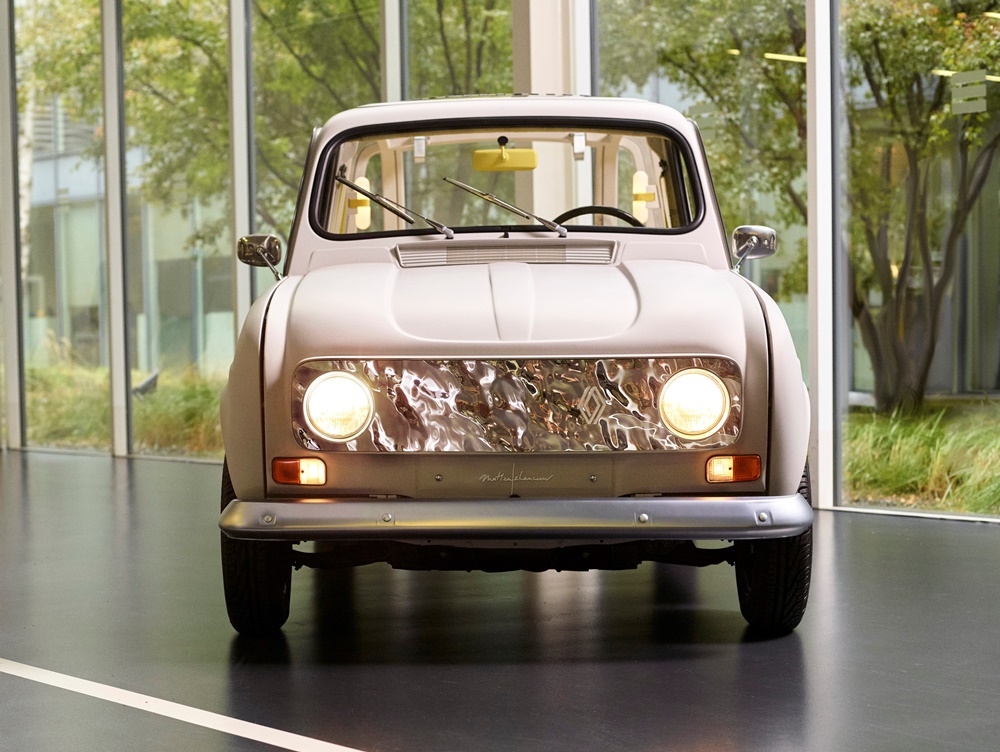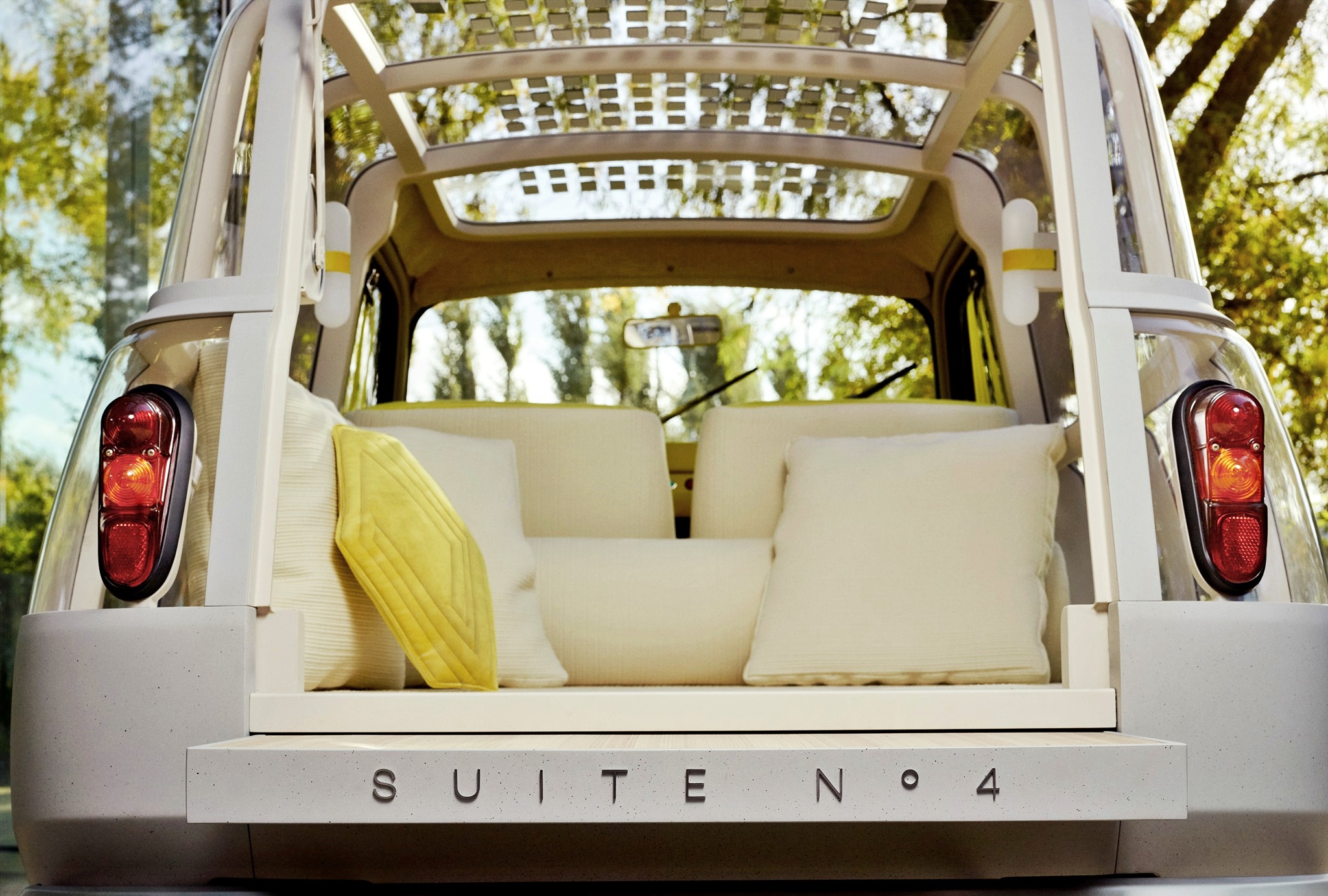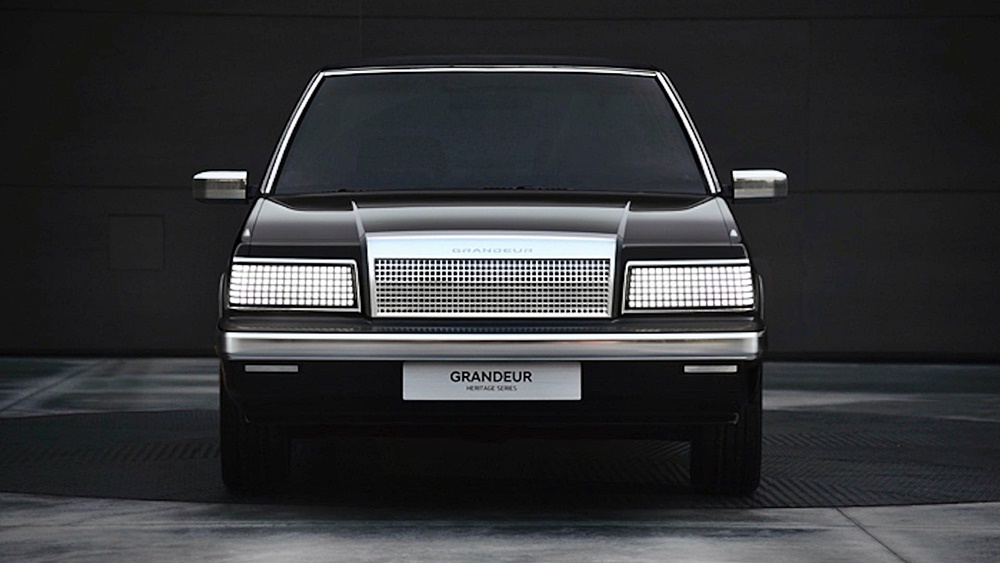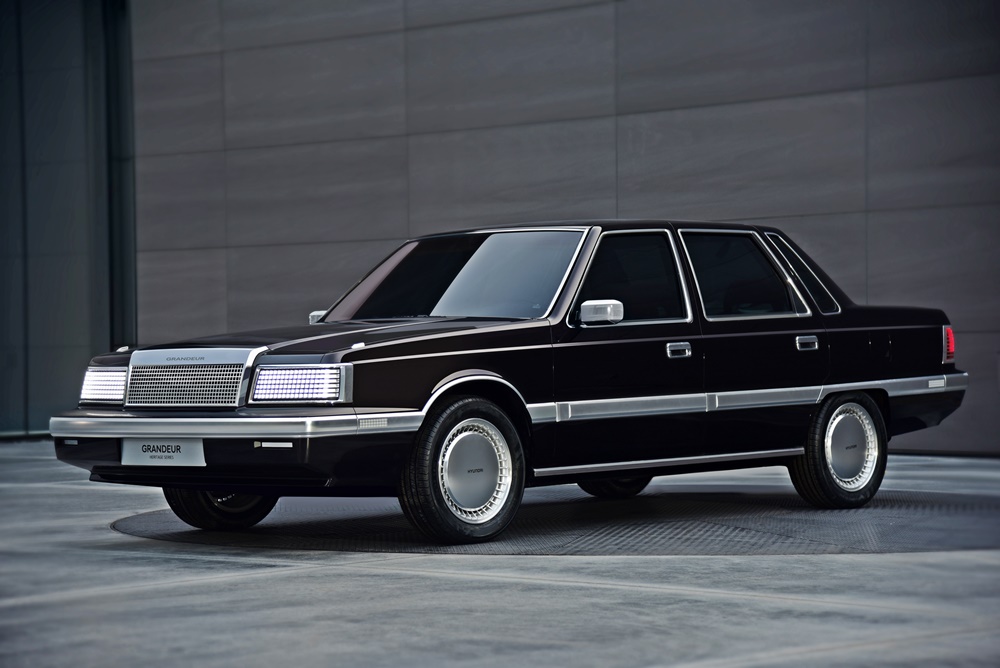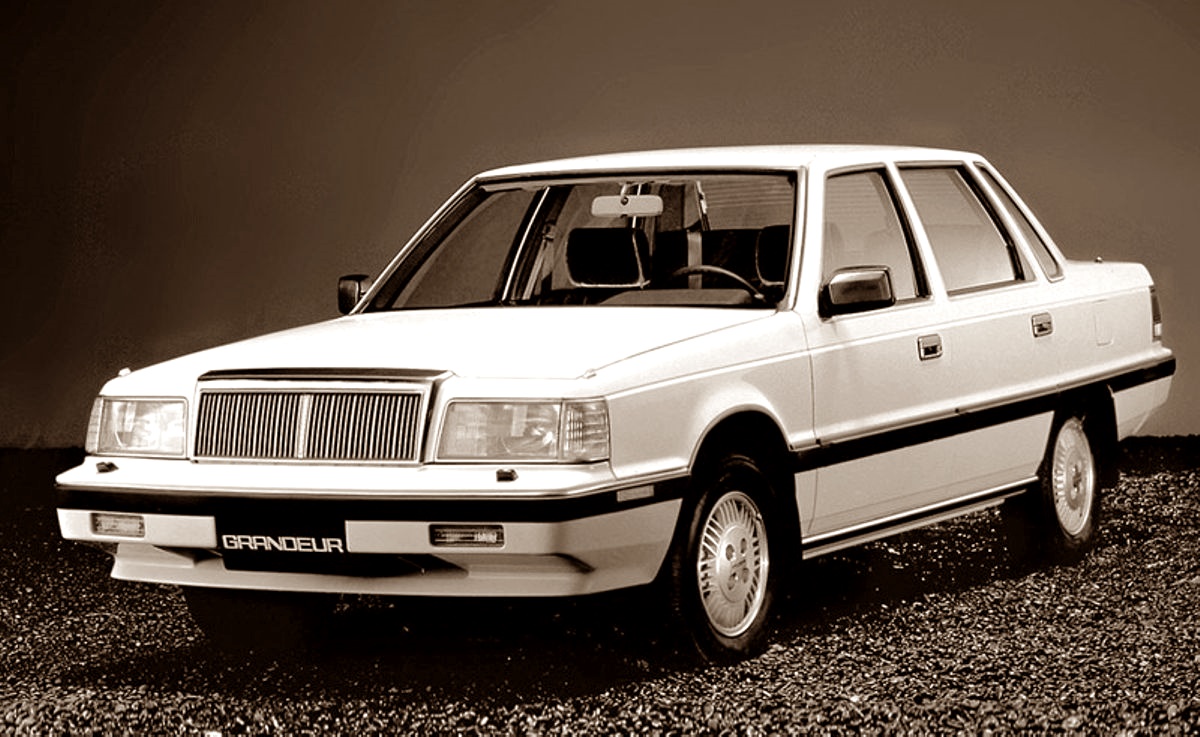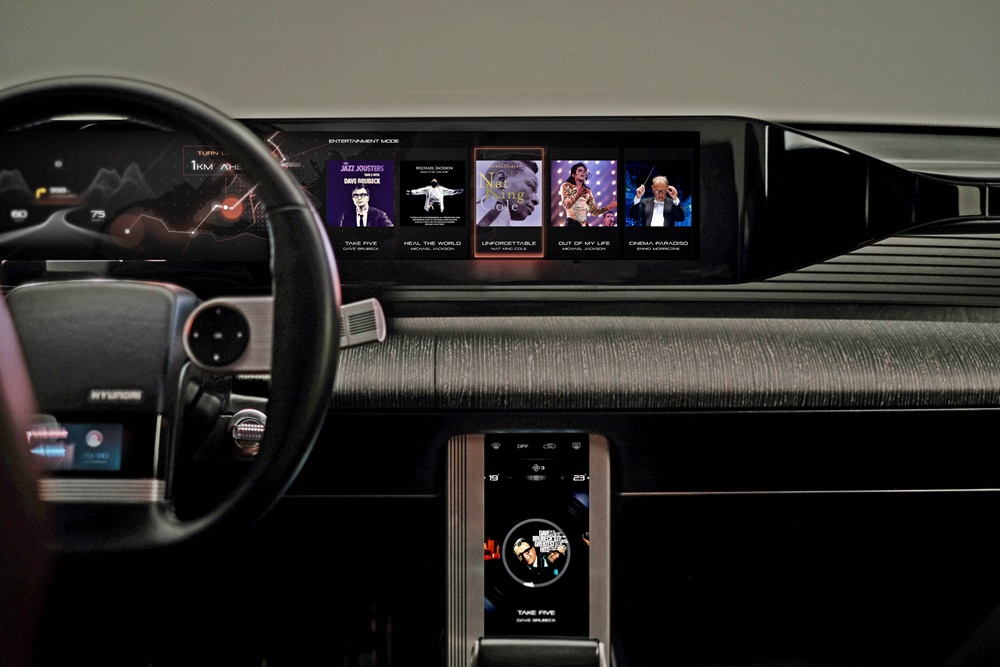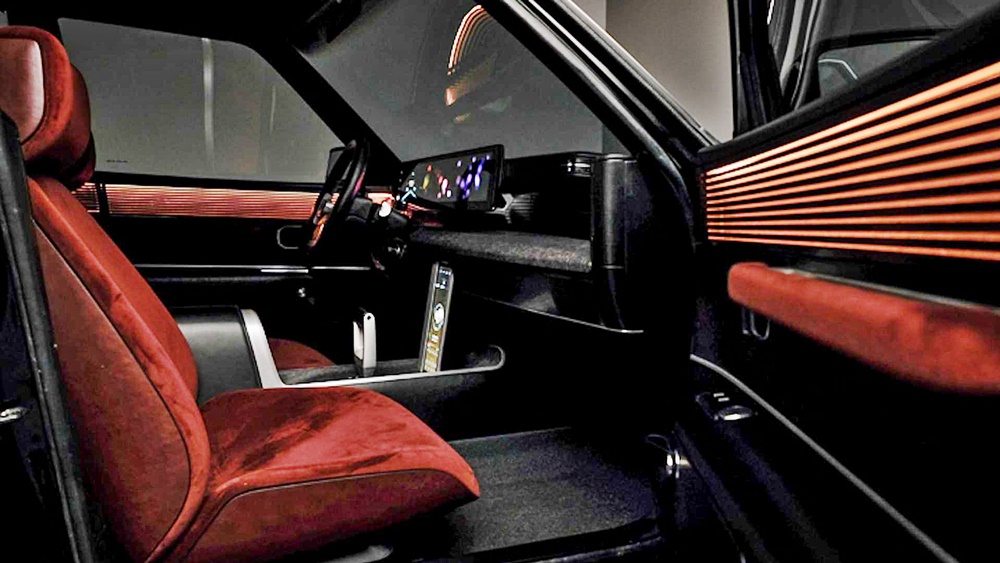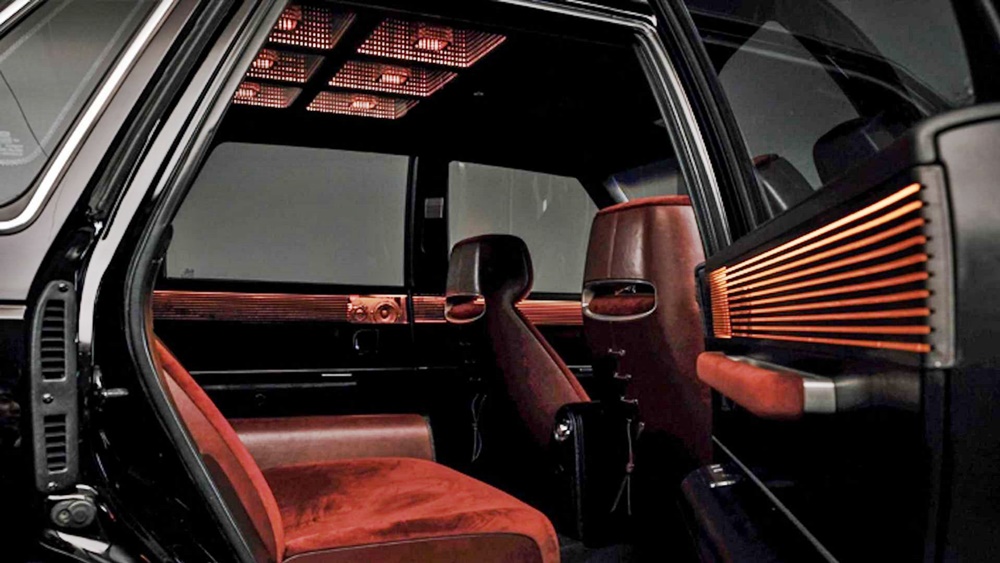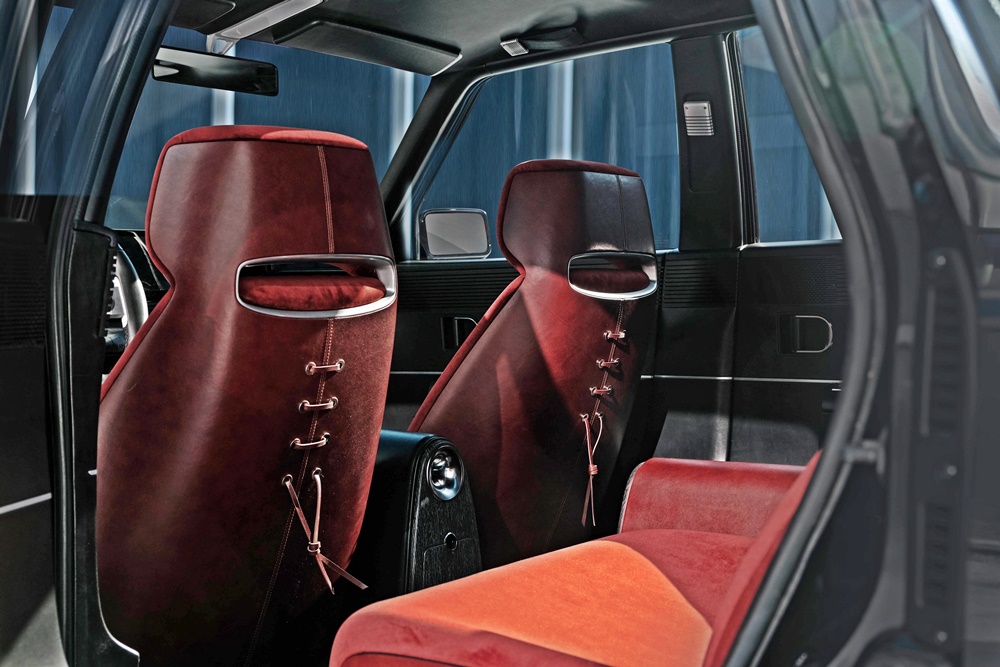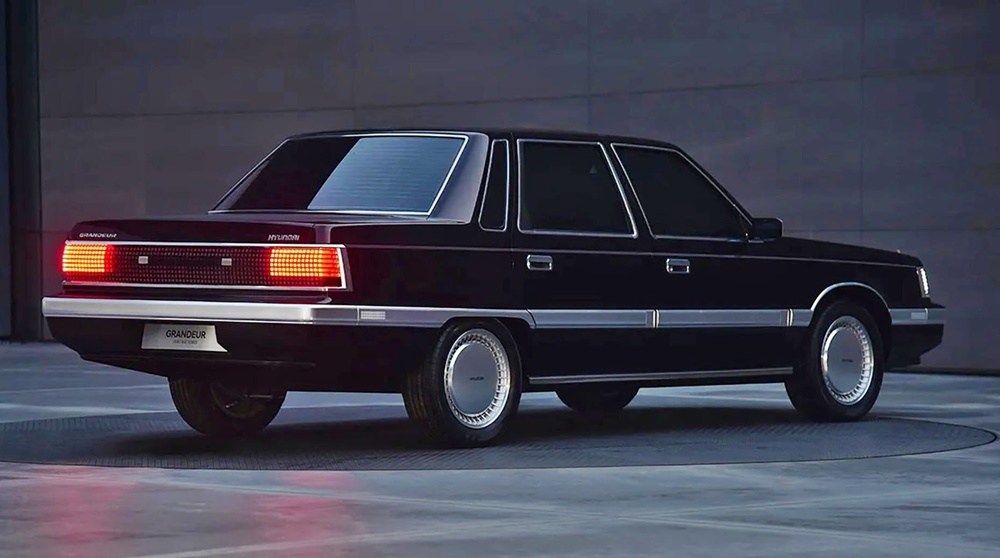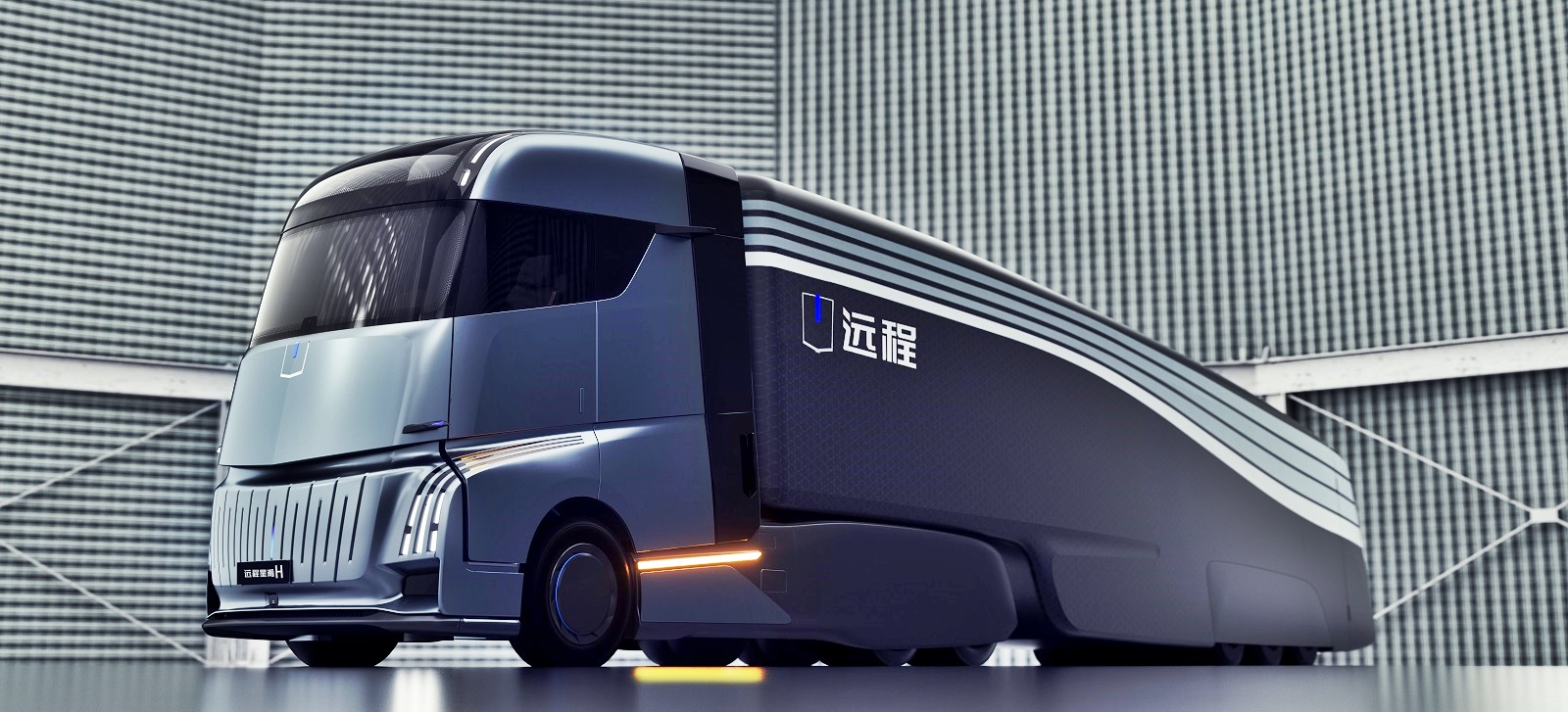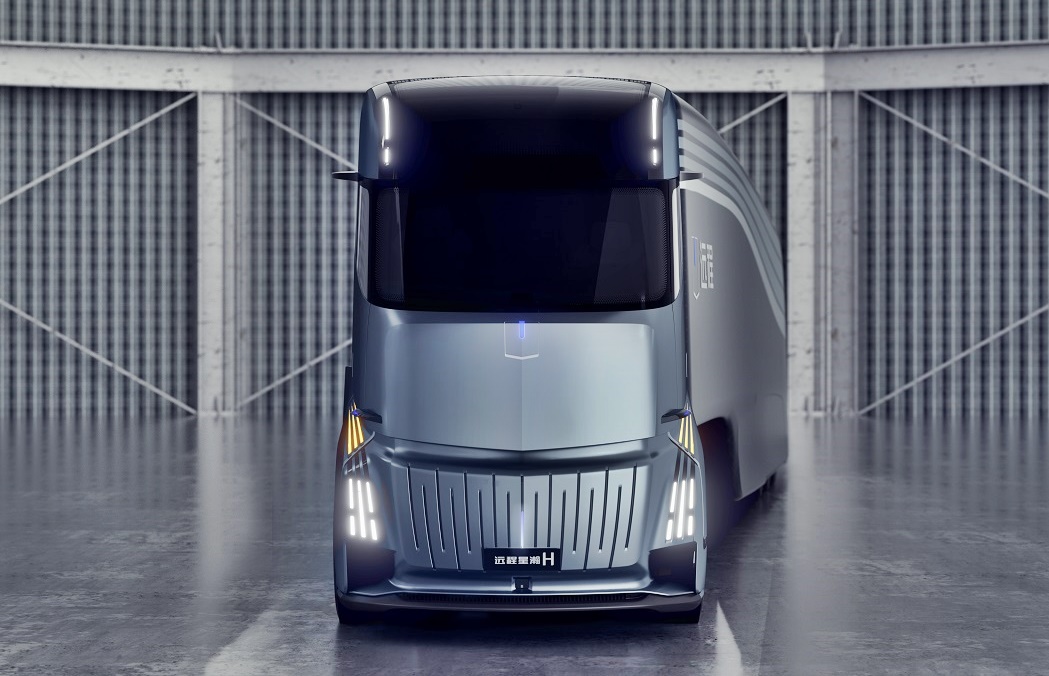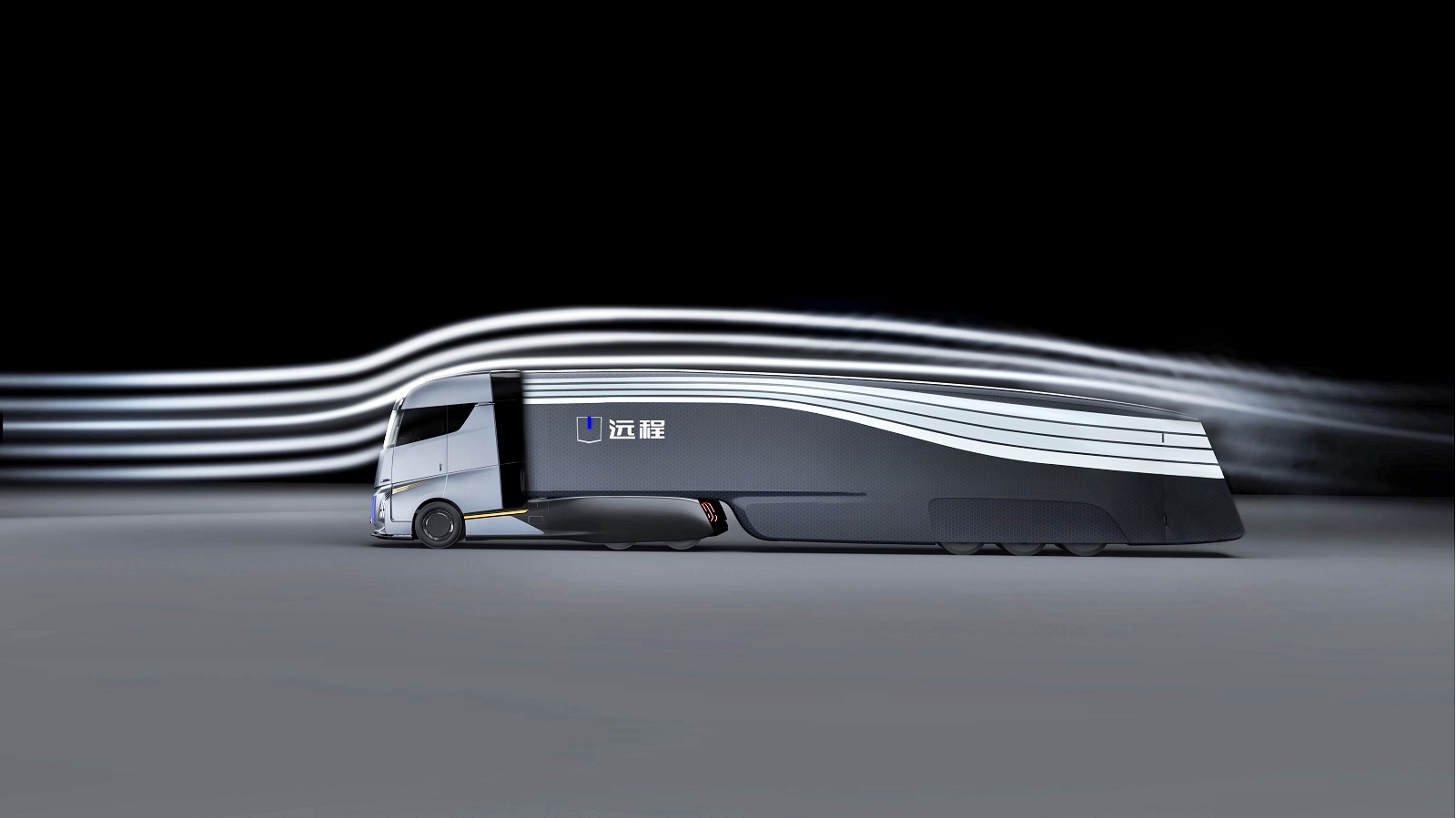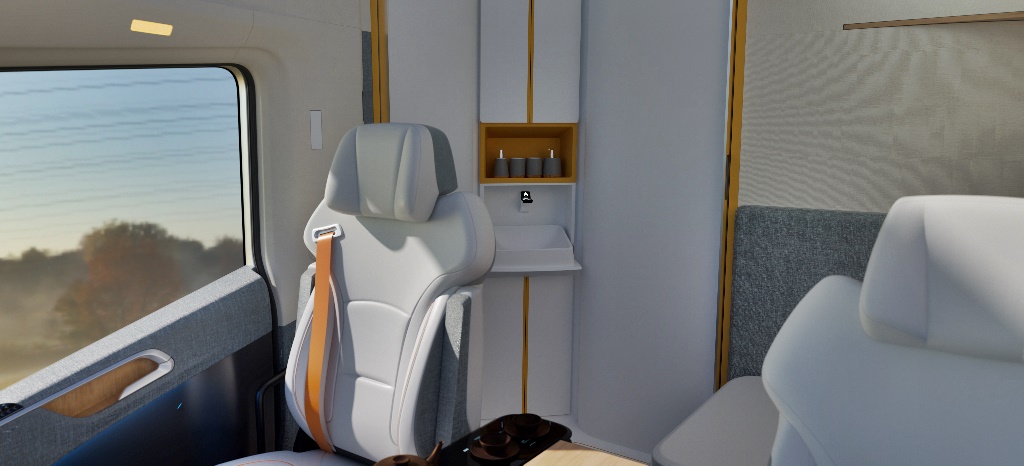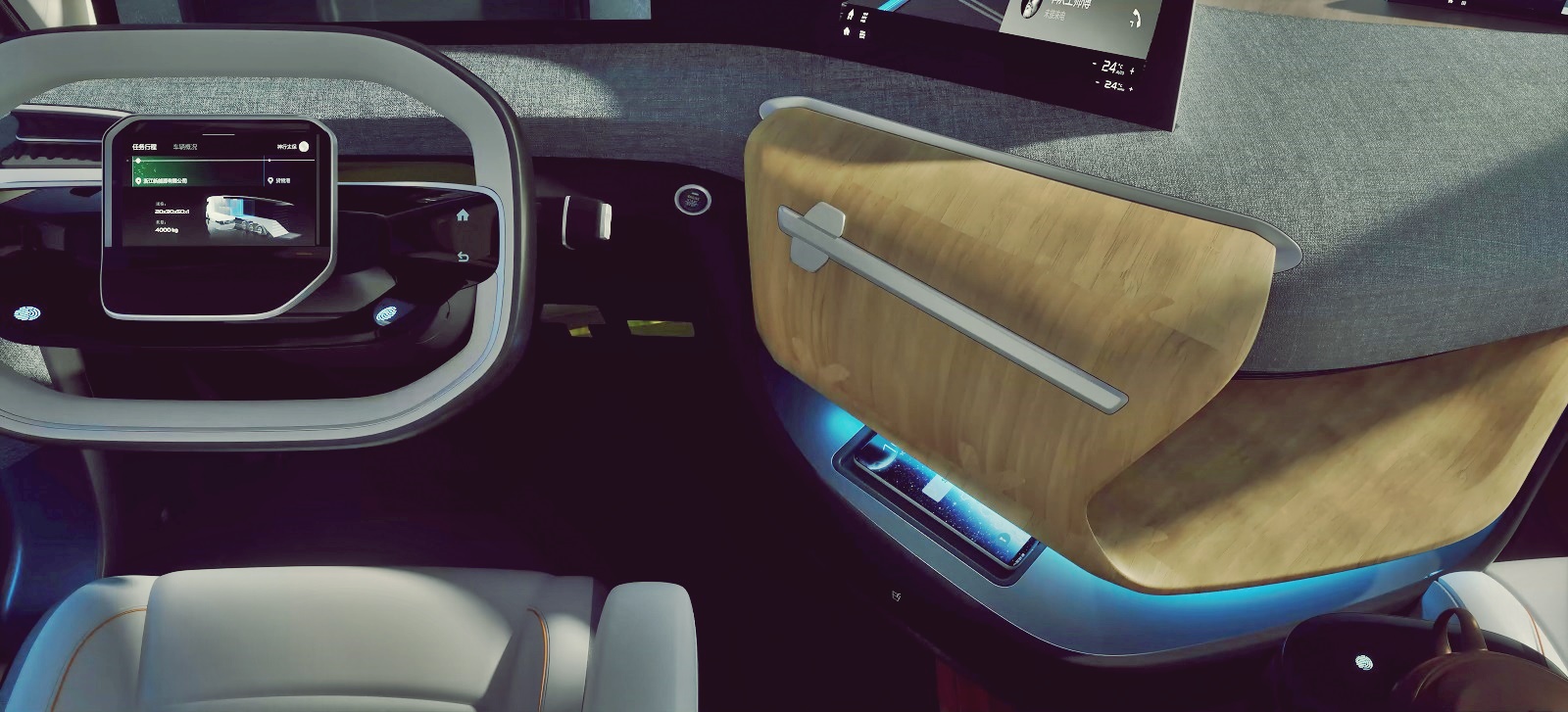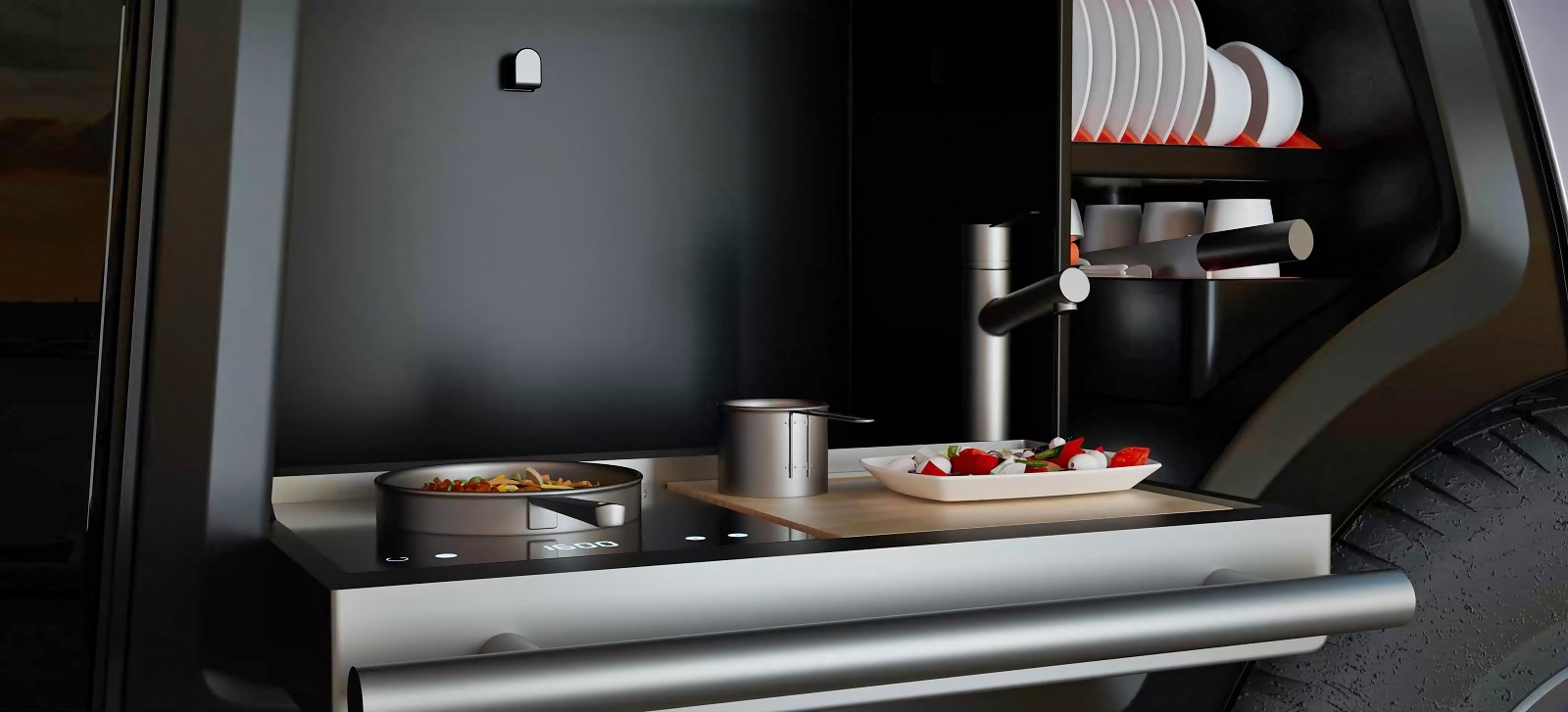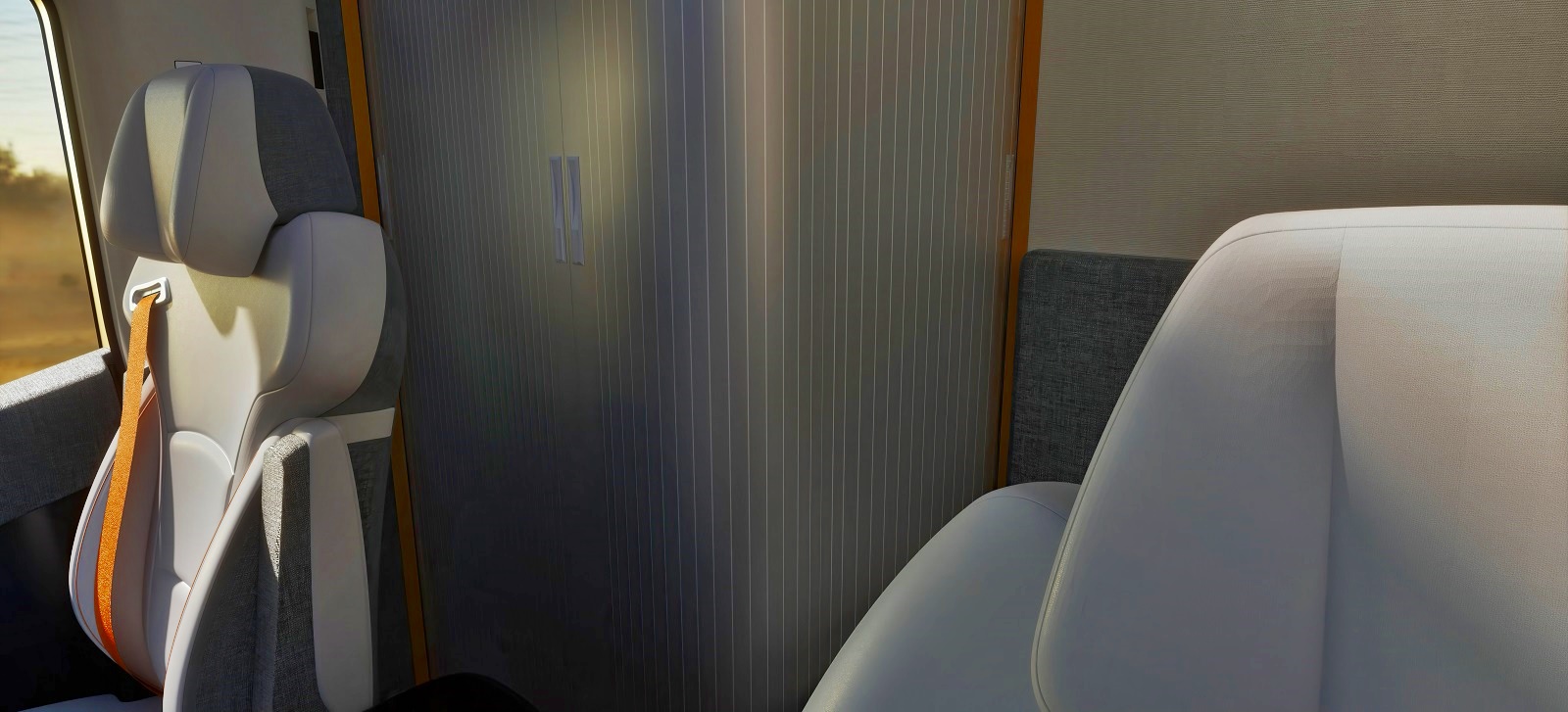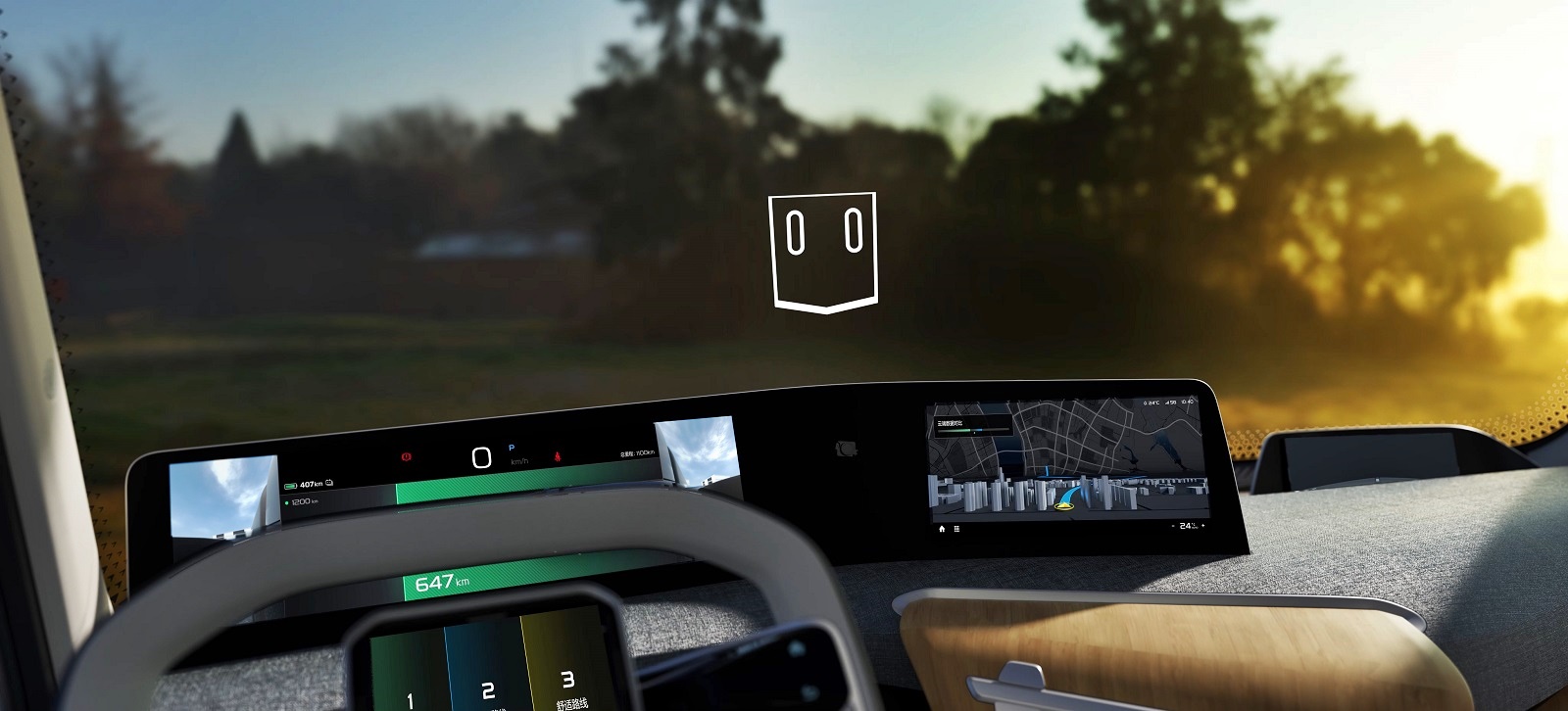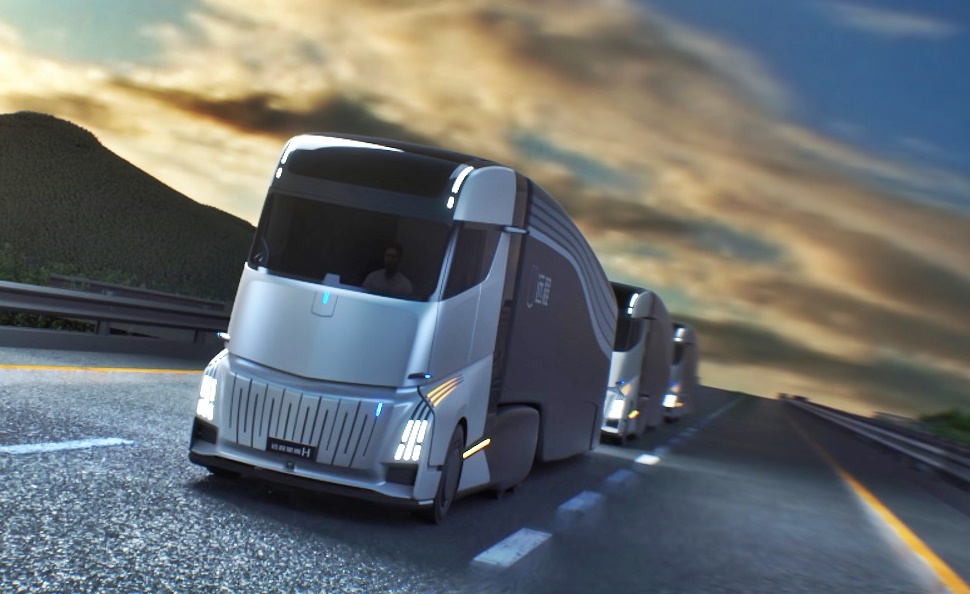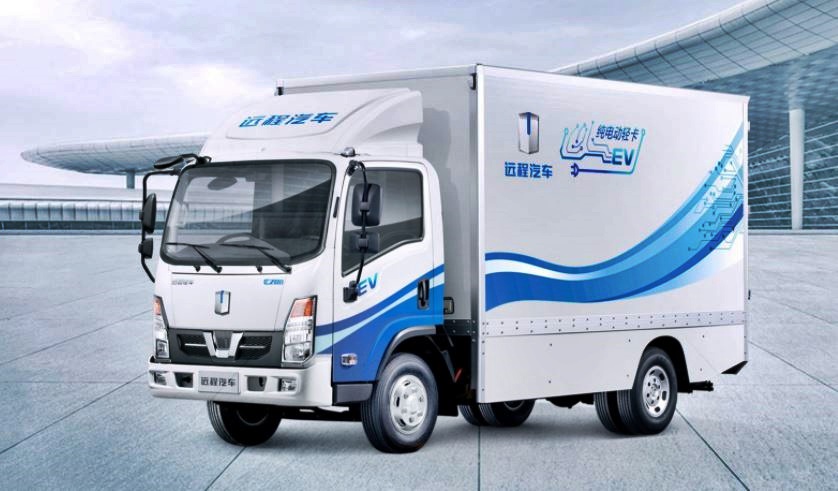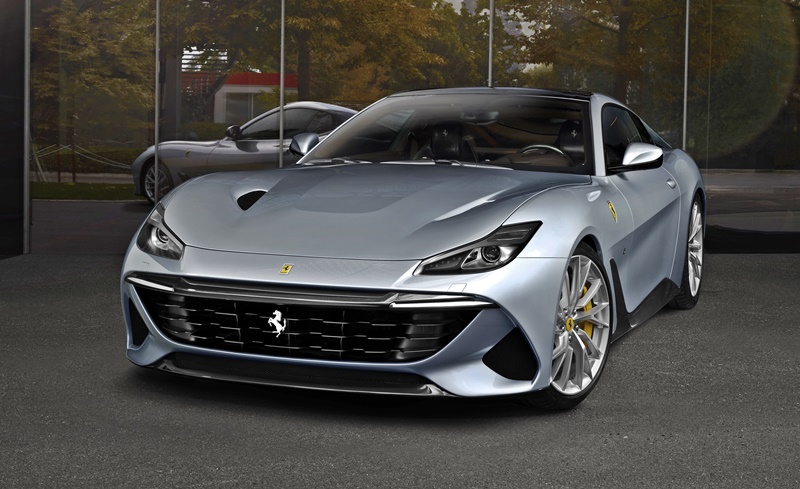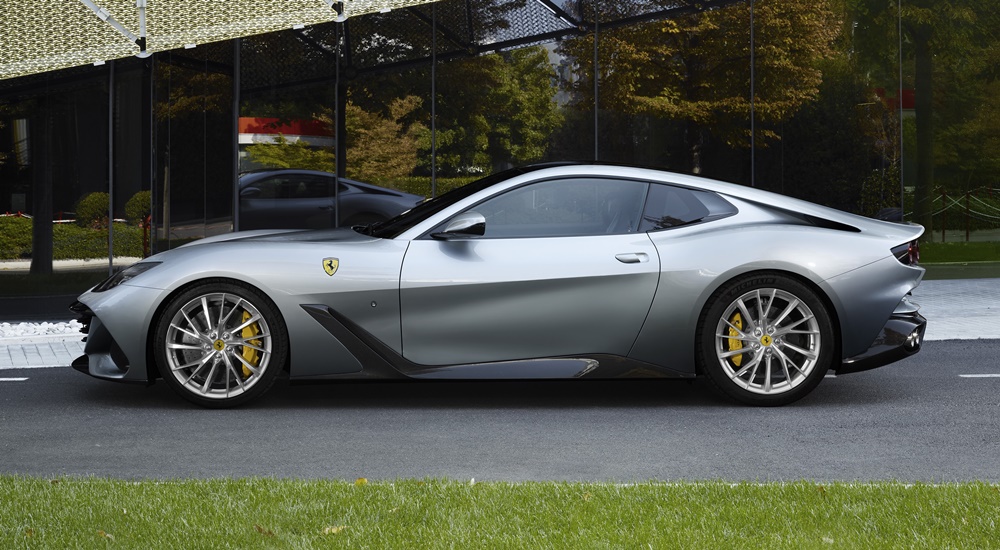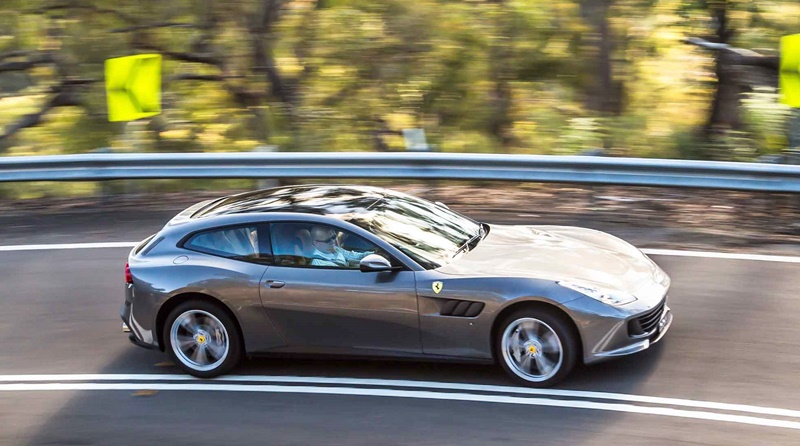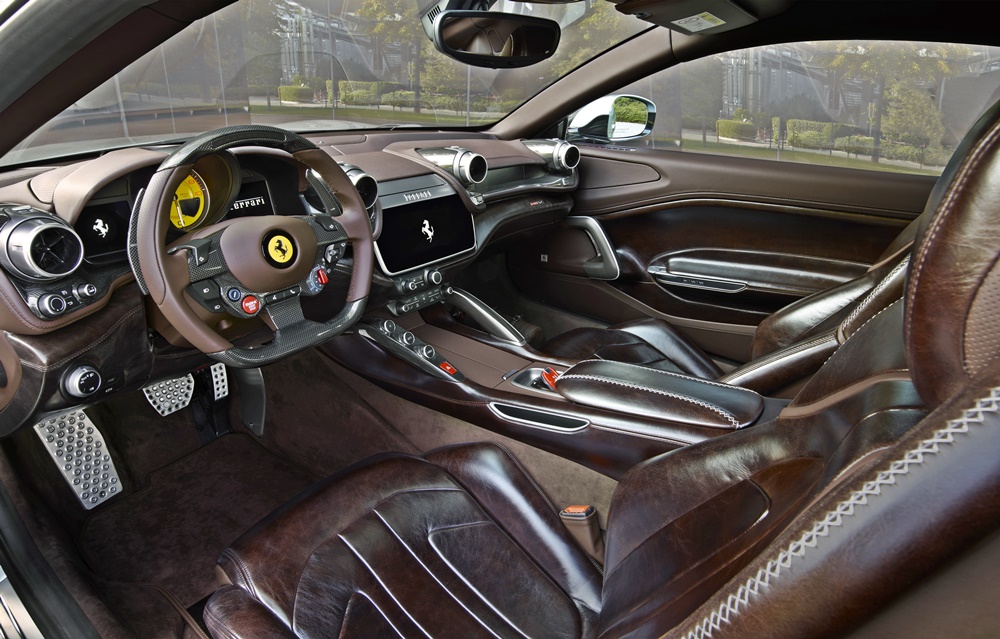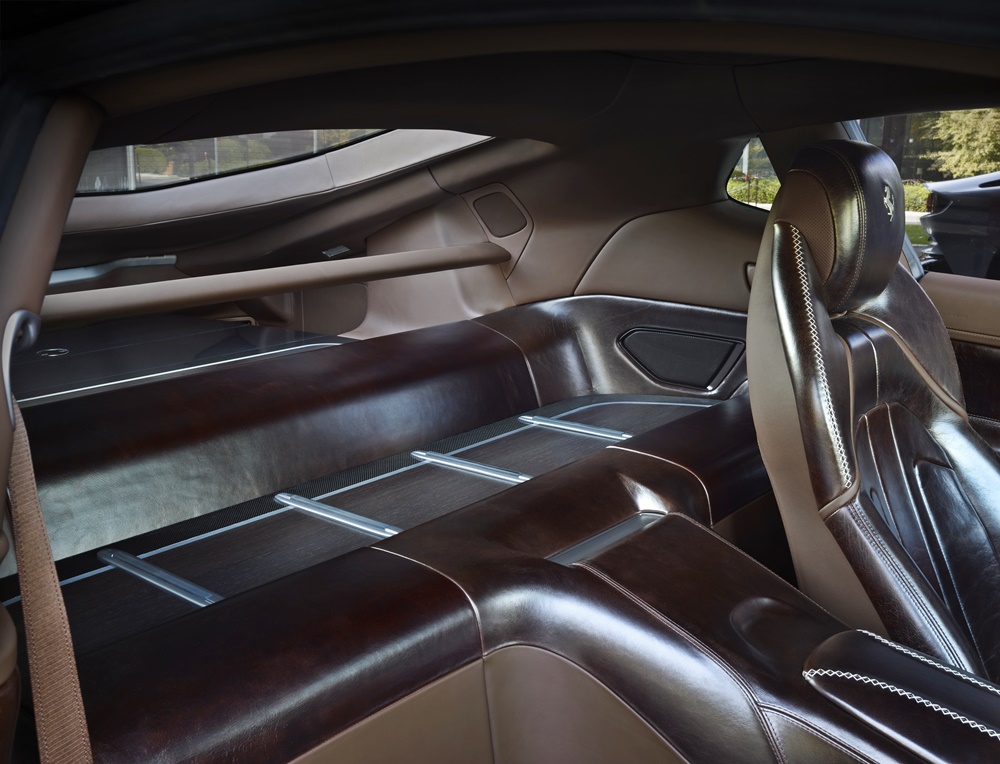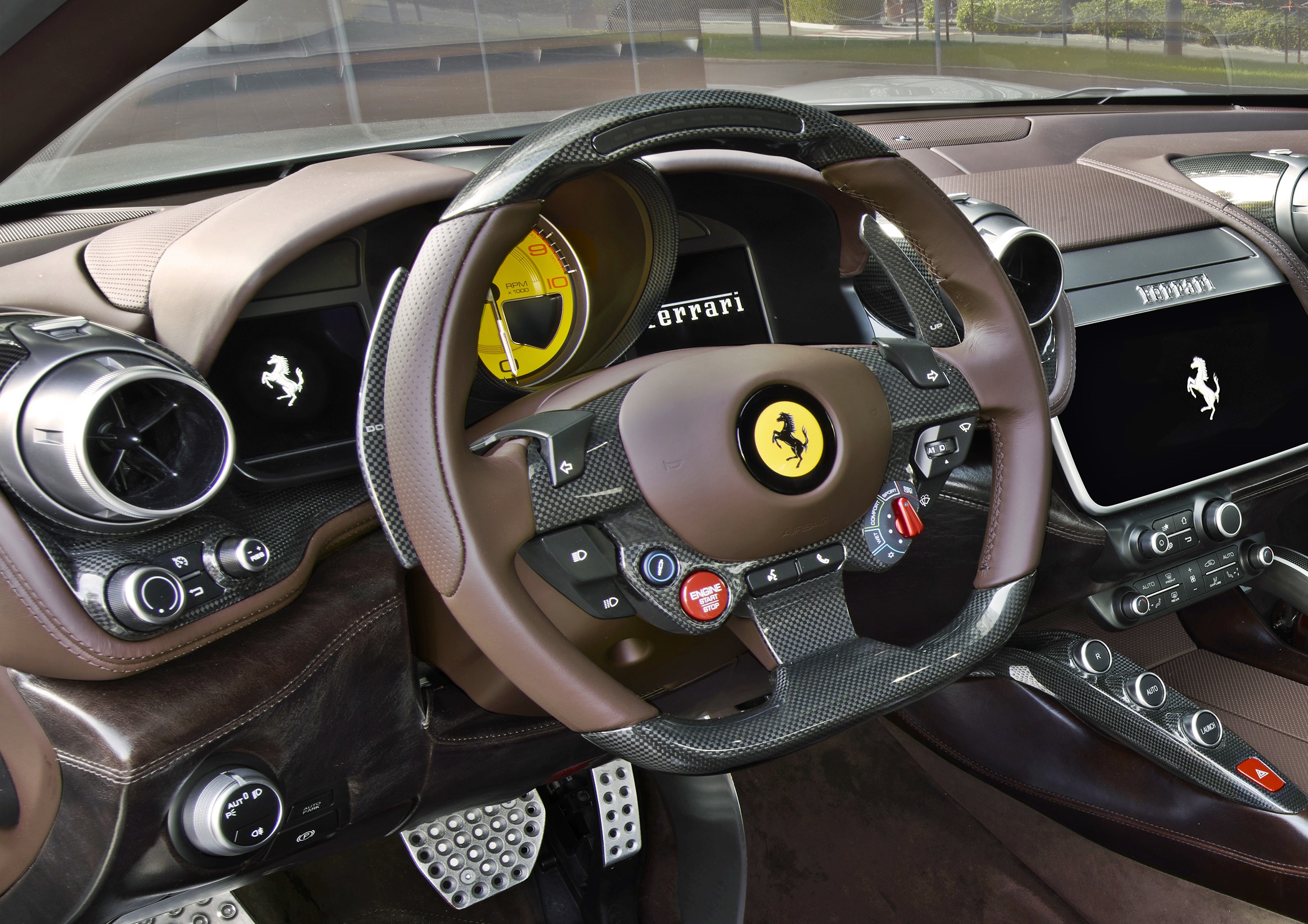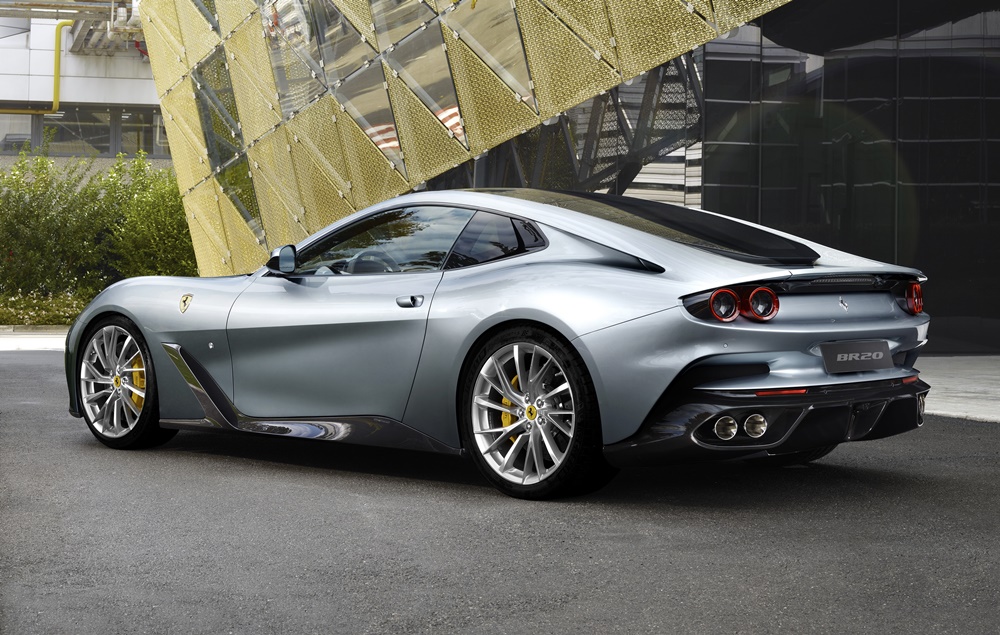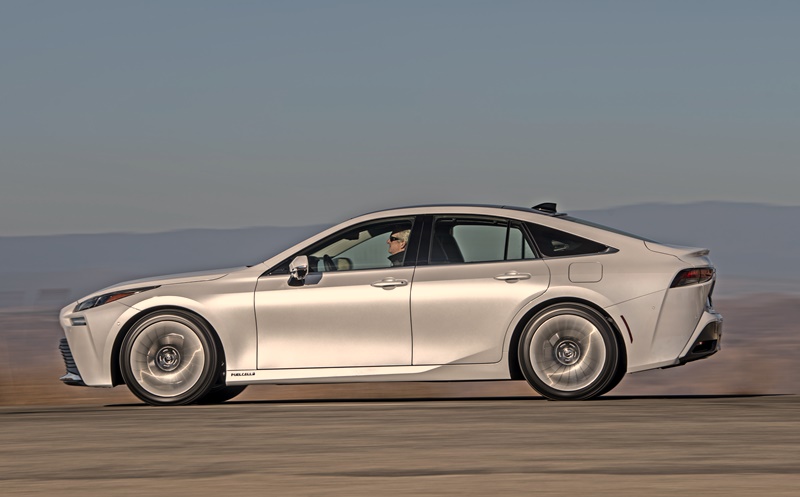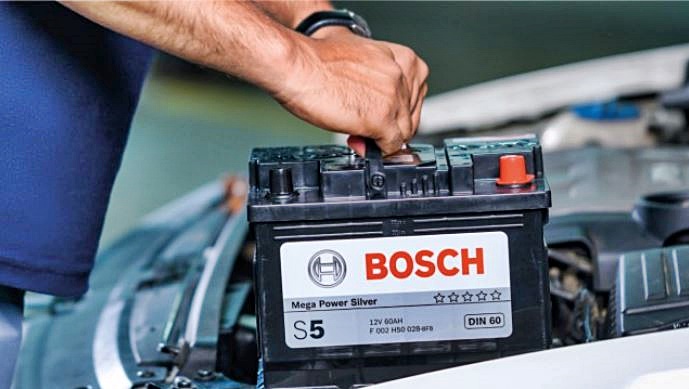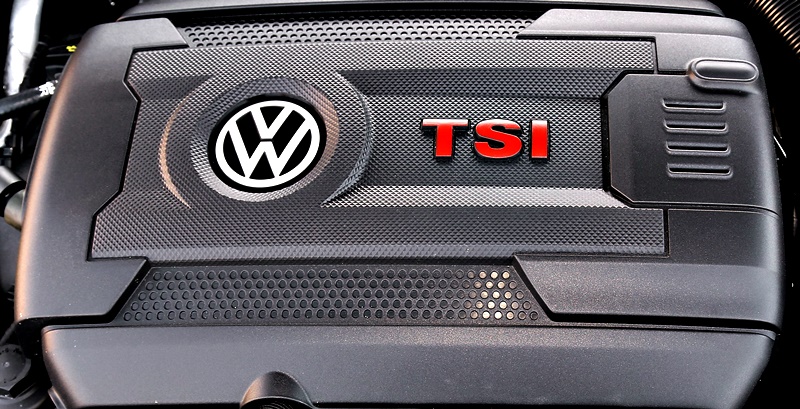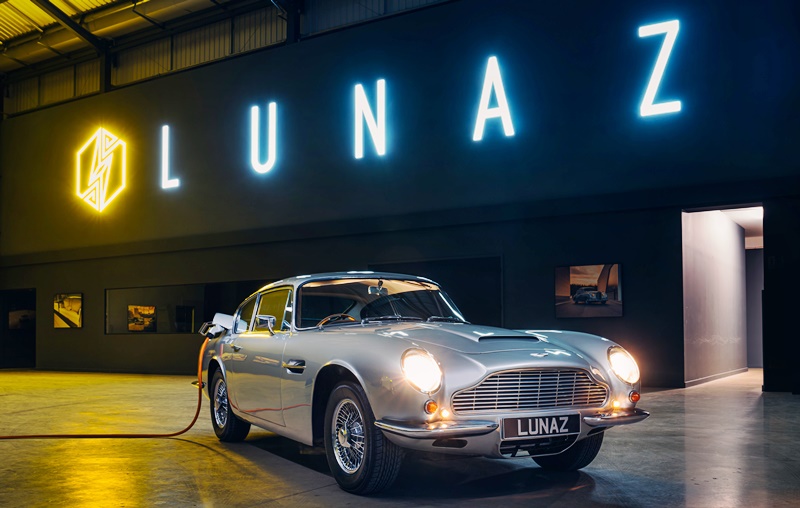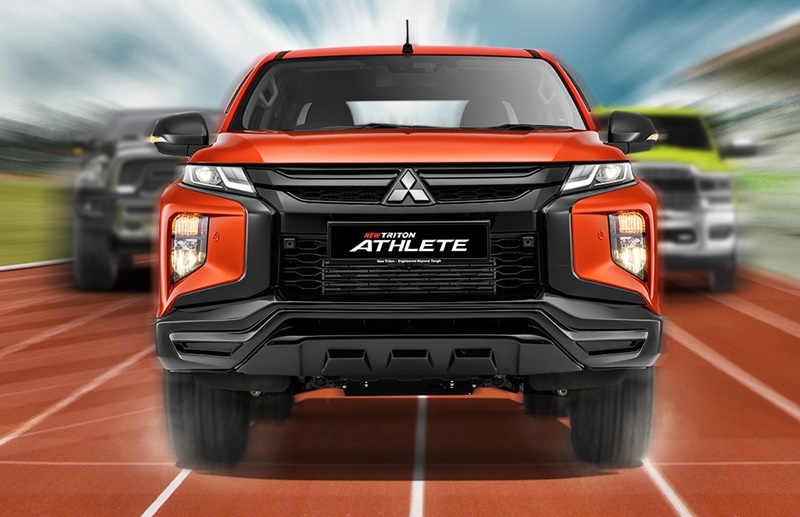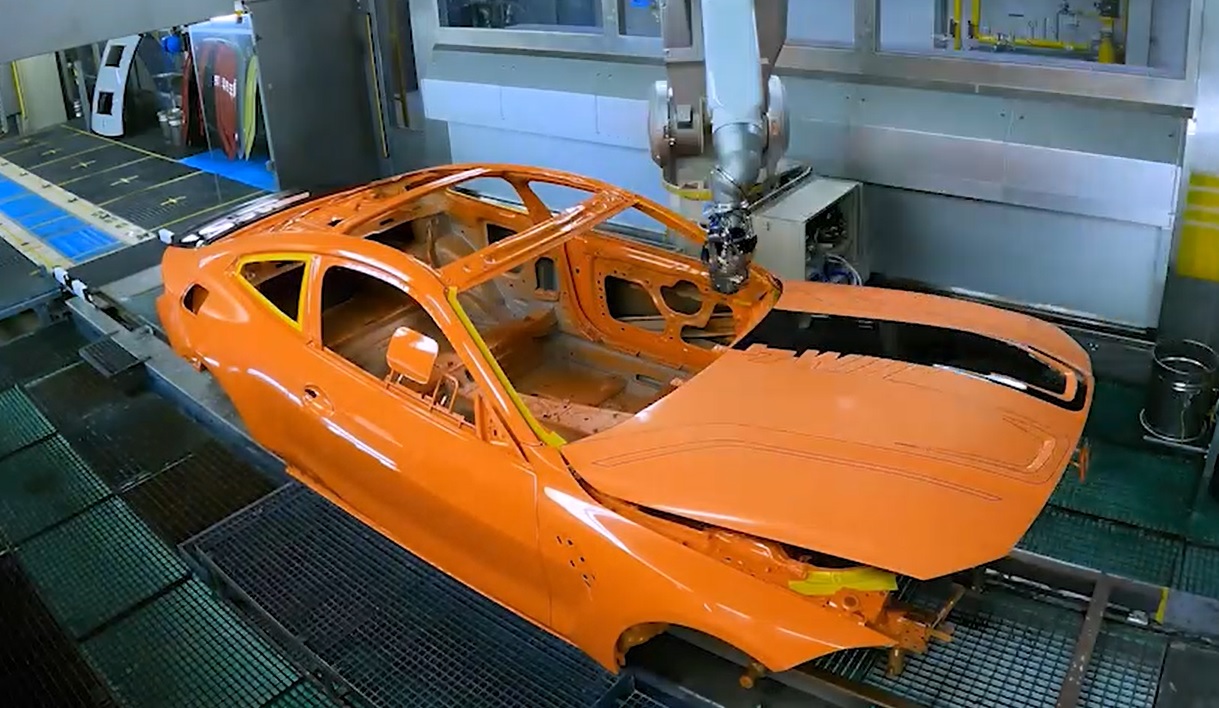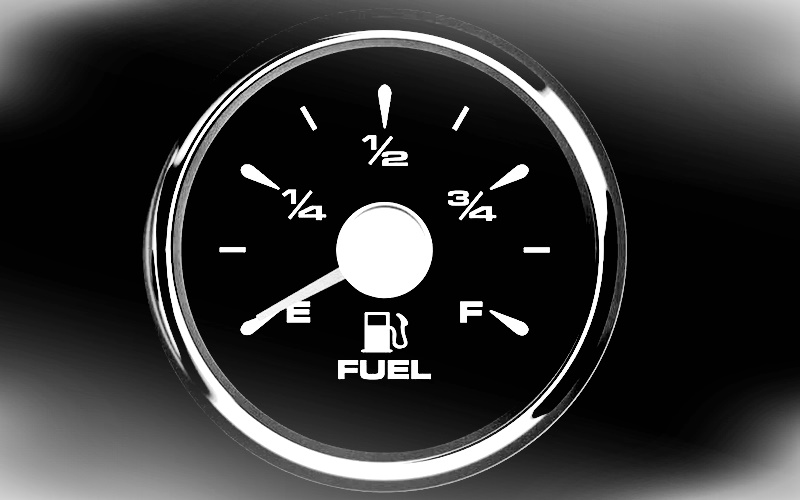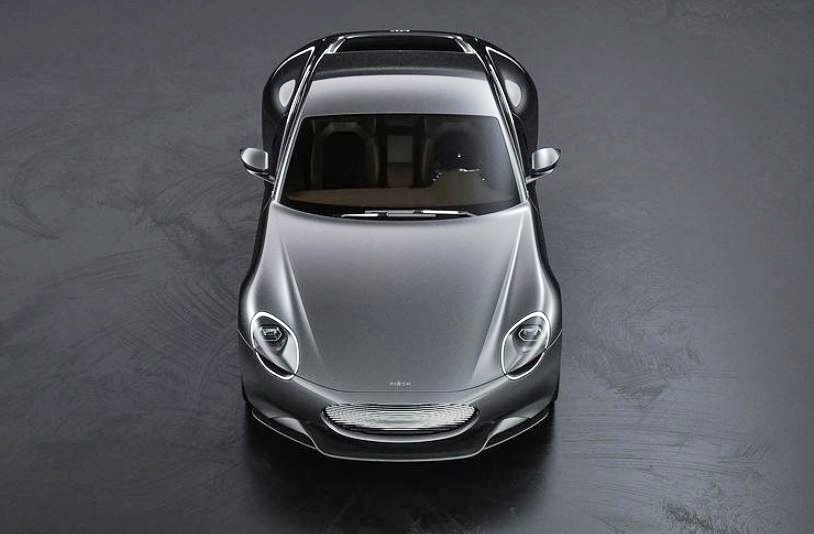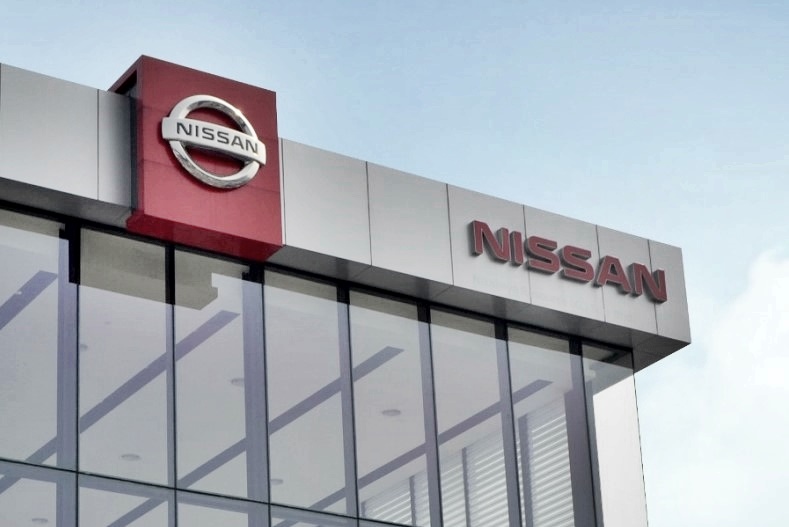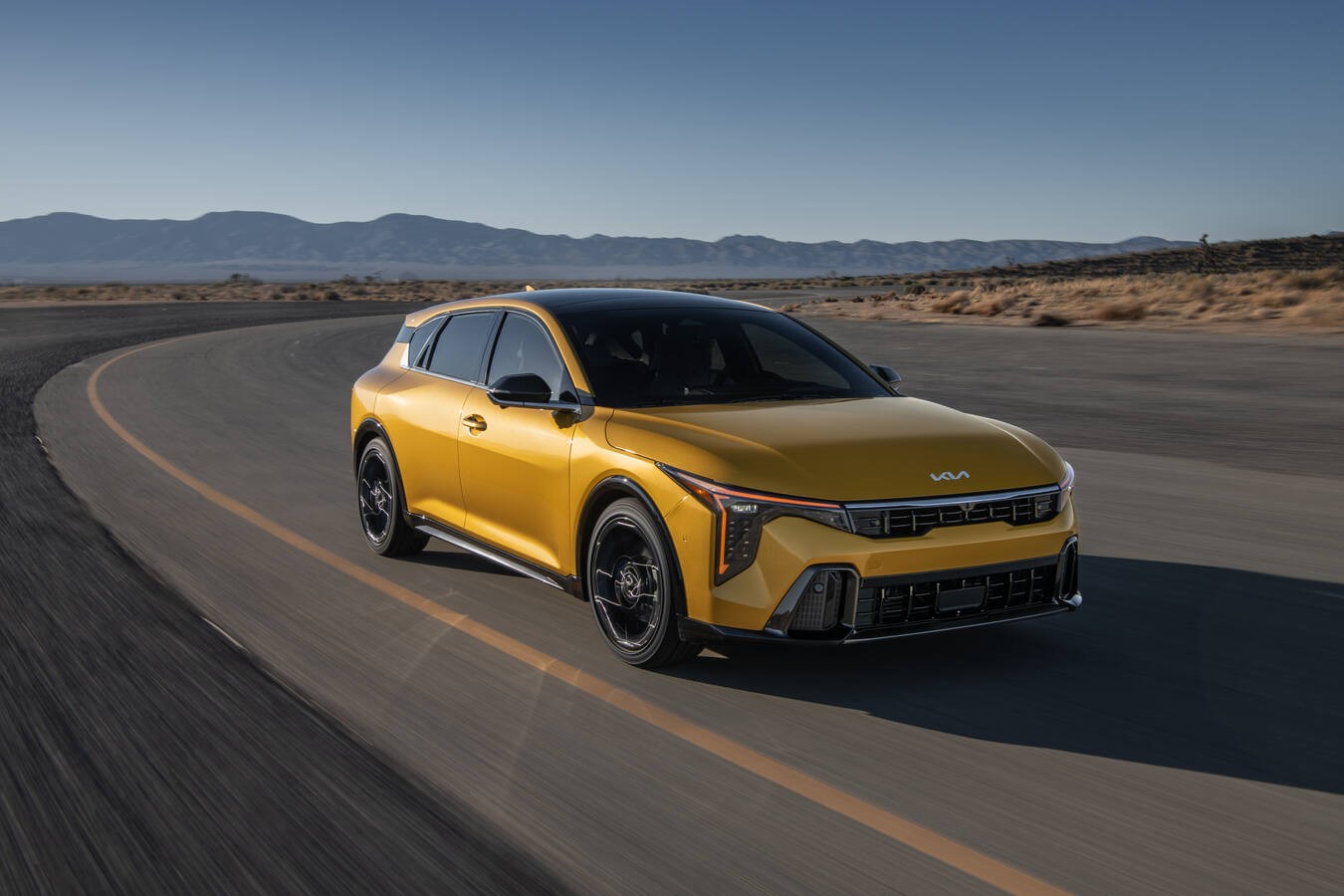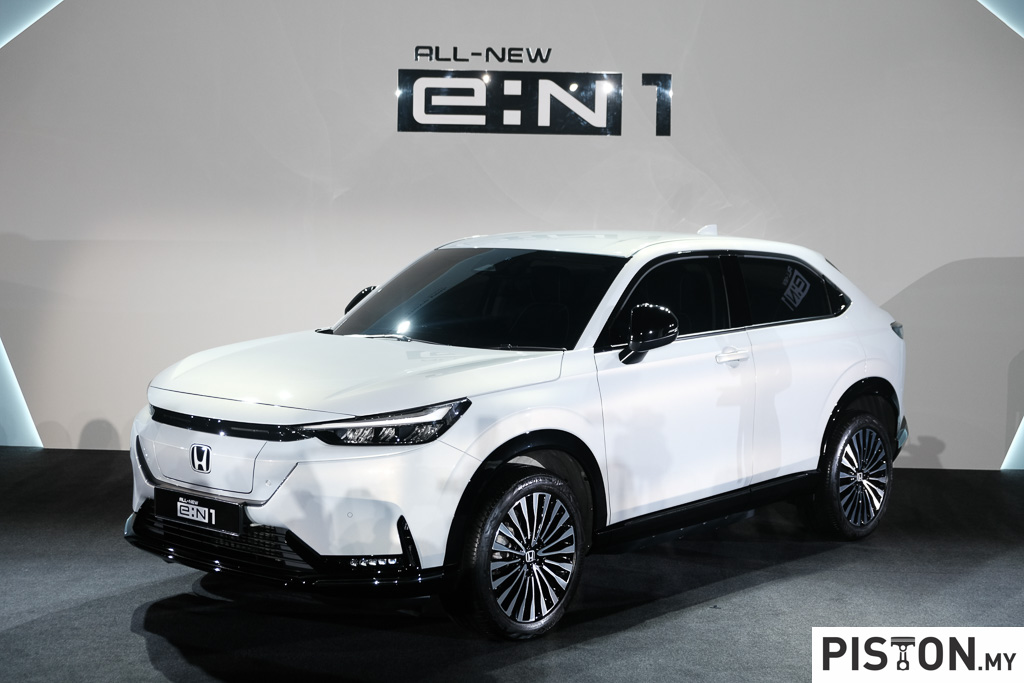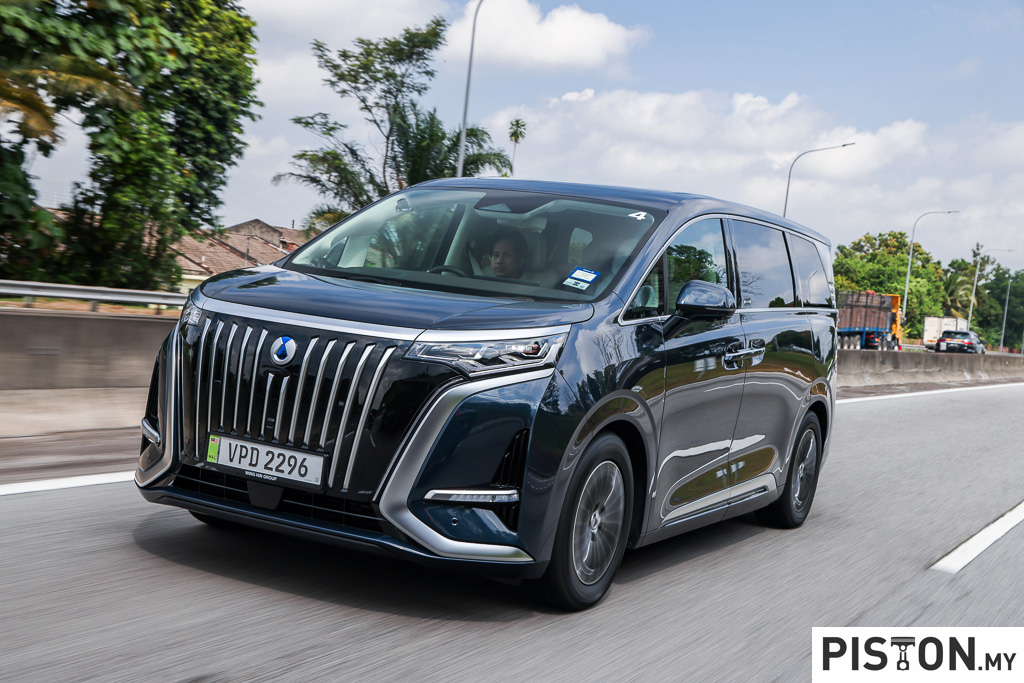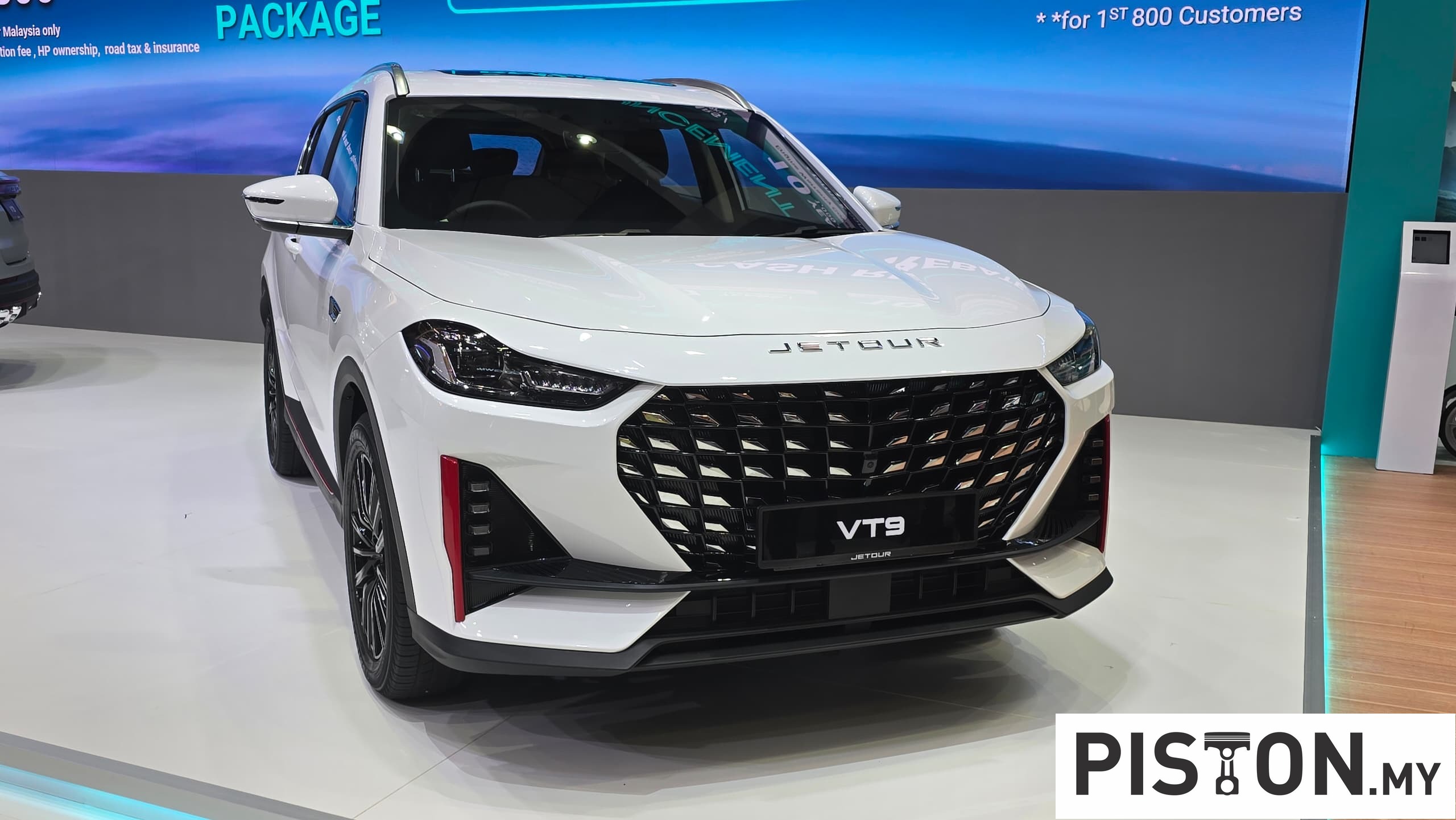It was another Sprint Race win for Valtteri Bottas again in the Sao Paolo Grand Prix as he got off to a good start ahead of Max Verstappen who had moved into pole position after Lewis Hamilton’s qualifying times were disqualified. The Mercedes-AMG driver’s car was found to have a technical infringement in the rear wing and without a qualifying time, he was placed at the back of the grid.
Nevertheless, Hamilton worked hard for the short 24-lap race around the old-school Interlagos circuit to finish fifth. While the starting order for the main race is determined by the finishing order of the Sprint Race, Hamilton already knew he would have to add 5 grid positions – the penalty for changing an engine – to whatever position he finished in, so he had to work hard for the highest position.
The decision to take the 5-grid penalty was made with the hope that, for the main race, Hamilton will stand a stronger chance (or not having engine failures) of winning with a new engine. However, starting from 10th place for the race today means he will have to contend with traffic in the early stages before he can challenge his Red Bull rival.
The top three finishers of the Sprint Race were awarded extra points with 3 going to Bottas, 2 to Verstappen and 1 for Ferrari’s Carlos Sainz who finished third. The 2 points for Verstappen move him slightly further to a 21-point lead over Hamilton in the Drivers Championship. While the 3 points that Bottas collected could be added to the Mercedes-AMG team’s lead in the Constructors Championship, the gap is only 2 points.
While the technical infringement on Hamilton’s car lost him his qualifying time, Verstappen’s case of having broken the rules of the Sporting Code by inspecting and even touching his own car and that of Hamilton’s right after the qualifying session resulted in a 50,000 euro (about RM238,000) fine imposed by the Stewards.
The action was not deliberate, as Red Bull’s Christian Horner argued, and it is likely that Verstappen did it without realising the actions broke rules. It’s like if there was a rule that forbade drivers from coming into physical contact (as in hugging) after a race and they still do it because they forgot the rule at the moment of jubilation. But rules are rules and a penalty has to be imposed to remind everyone that they cannot break rules and get away with it.
Incidentally, the Mercedes-AMG team won’t be making an appeal regarding the action taken for the technical infringement which had been brought about after Red Bull had made a complaint with the FIA about the rear wing on the car. After inspection, there was evidence that the gap for the wing was greater than the maximum permissible even though the design met the regulations. The team suggested to the Stewards that there might have been some fault and while they accepted this point, they still felt that a penalty was necessary and that was to just disqualify the pole-capturing time that Hamilton achieved in Qualifying.
Race starts at 2:00 pm in Brazil/1:00 am in Malaysia (Monday)
F1/Round 19: Preview & Provisional Sprint Race Starting Grid For 2021 Sao Paolo Grand Prix

